
One of the world’s leading publishers of printed classical and educational music.

World Carols for Choirs - 31 Carols for mixed voices
- Text
- Christmas
- Choral
- Carols
- Oxford
- Choirs
- Satb
Introduction Estonia was
Introduction Estonia was one of the first regions of Europe to join the Reformation of the sixteenth century and to adopt the hymns of the Lutheran Church. This carol belongs to the genre of folk variations on Lutheran hymns: the original hymn, with a text mostly by Luther, is Gelobet seist du, Jesu Christ. After being translated into Estonian, the text eventually became separated from the melody and gave rise to new tunes. This particular tune comes from the island of Kihnu off south-west Estonia, where folk tradition is exceptionally well preserved: indeed, some inhabitants still wear traditional costumes in everyday life. In verse 3 the composer has added a contrasting section, following an Estonian tradition. The accompaniment may be adapted for organ and/or other instruments. 11. Finland Pekka Juhani Hannikainen arr. Pekka Kostiainen, Tuikkikaa, oi joulun tähtöset (Twinkle bright, you stars of Christmastide) Pekka Kostiainen (b. 1944) graduated from the Sibelius Academy, Helsinki, in both church music and composition. A lecturer in music at the University of Jyväskylä (from 1971), he is also the founder and conductor of the Musica choir at the university and director of the children’s choir Vox Aurea. His considerable choral output has been widely distributed and performed both in Finland and abroad. Tuikkikaa, oi joulun tähtöset is one of the most popular of all Finnish Christmas carols. Its text was written by Elsa Koponen, a teacher, who remarked on how eagerly her young pupils sang the Christmas songs, their eyes shining as brightly as the stars in the sky. This joy is tinged with sadness in the mournfully beautiful melody, composed for this text by Pekka Juhani Hannikainen (published in 1918), and in Kostiainen’s somewhat nostalgic harmonization. for online perusal only 12. France Bruno Gousset, Ainsi que parmi la prée (On a hillside in the cold) A Parisian musicologist and pianist, Bruno Gousset (b. 1958) currently works as an opera coach and as an accompanist for amateur and professional choirs. He is a selftaught composer, and his output includes operas, symphonic works, chamber and piano music, songs, and cantatas for chorus and orchestra. This carol is an original composition on a text in Old French which skilfully summarizes the story of the Nativity in rhyming verse. The composer’s use throughout of a hypnotic, rhythmic melody alternating with long, sustained notes captures perfectly the pastoral and mystical essence of the text. 13. Germany Trad. arr. Karsten Gundermann, Süßer die Glocken nie klingen (Sweetly the Bells are Ringing) Karsten Gundermann (b. 1966) is a native of Dresden, where he pursued graduate studies in composition at the Dresden College of Music. He undertook further graduate work in opera composition at the National Academy of Chinese Theatre Arts in Beijing, and composition studies in theatre and film music at New York University, before becoming a freelance composer in Hamburg. This carol describes how the ringing of church bells evokes the events of the first Christmas. Although some people find it a little mawkish, it is still sung in Germany, mostly by the older generation. The melody comes from another German folksong, Seht wie die Sonn dort sinket (1826), and the text was written by Friedrich Wilhelm Kitzinger (1816–1890). Karsten Gundermann’s arrangement uses the lower voices to evoke the sound of bells. x
Introduction 14. Ghana Robert M. Kwami, Krismas dodzi vo (Christmas Time is Here) Robert Mawuena Kwami (1954–2004) was a professor of music at the University of Pretoria in South Africa and director of the Centre for Intercultural Music Arts in London. His extensive experience included teaching and lecturing in educational institutions in both African and European countries. Highly regarded by his musical and academic colleagues worldwide, he left over 30 compositions and 70 publications; his untimely death was profoundly lamented. Krismas dodzi vo is in the Ewe language of eastern Ghana. The text invites us to listen to the angels who are proclaiming the birth of Jesus Christ. The angels’ song itself, using words from the Bible, draws on Ghanaian ‘highlife’, a popular dance style dating from the early twentieth century. The performers may move or dance joyfully during this section. 15. Hungary Trad. arr. Miklós Kocsár, Nagykarácsony Éjszakáján (On Great Christmas Night) Miklós Kocsár (b. 1933) is a composer principally of vocal and chamber music, whose style is rooted in the Bartókian tradition. He studied composition with Ferenc Farkas at the Liszt Academy of Music (1954–59) and from 1963 worked as musical director and conductor of the Madách Theatre in Budapest. He was Head of Composition at the Budapest Conservatory between 1974 and 1984 and in 1974 joined Hungarian Radio, serving as head of the music section in 1984–85. He has been awarded many prizes, including the Erkel Prize (1973, 1980), the title of Artist of Merit (1987), the Bartók- Pásztory Prize (1992), and the Kossuth Prize (2000). Nagykarácsony Éjszakáján draws on traditional sources. The first three verses are set to one of Hungary’s most treasured melodies, while the remaining verses incorporate two immensely popular Hungarian Christmas tunes as found in István Volly’s collection. for online perusal only 16. Iceland Þorkell Sigurbjörnsson, Immanúel oss í nátt (Emmanuel, to us this night) Þorkell Sigurbjörnsson (b. 1938) began his musical studies at the Reykjavik School of Music but completed his undergraduate and graduate degrees in the US. He is active as a teacher, pianist, lecturer, conductor, radio commentator, and organizer of musical events, in addition to being one of Iceland’s best-known composers. He has written over 300 works (many of which have been recorded), including 25 hymns or arrangements in the Icelandic Hymnal. Þorkell Sigurbjörnsson is a member of the Royal Swedish Academy of Music. The original carol Immanúel oss i nátt comes from the manuscript Hymnodia Sacra, a collection of songs made by Pastor Gudmundur Högnason of the Westman Islands, Iceland, in 1742. Högnason is thought to be the author of the texts and many of the melodies, including that for Immanúel oss i nátt. Þorkell Sigurbjörnsson’s arrangement is in the Dorian mode and adopts the bar-form of many Luthern chorales. The piece meditates on the birth of Christ with harmonies of increasing richness before ending with echoes of the opening motif. 17. Ireland Séamas de Barra, Carúl Fáilte (A Carol of Welcome) Séamas de Barra (b. 1955), a native of Cork in southern Ireland, is best known as a composer of choral music. He studied composition under Aloys Fleischmann and has twice xi
- Page 1 and 2: 2 World Carols for Choirs 31 carols
- Page 3 and 4: PREFACE World Carols for Choirs bri
- Page 5 and 6: Contents Hungary 15. Nagykarácsony
- Page 7 and 8: INTRODUCTION 1. Argentina Eduardo F
- Page 9: Introduction 7. Canada Trad. arr. E
- Page 13 and 14: Introduction 21. New Zealand David
- Page 15 and 16: Introduction 28. Switzerland Carl R
- Page 17 and 18: ARGENTINA 1 1. Villancico de la Fal
- Page 19 and 20: S. A. T. B. V # 26 ###ŠŠ ŠeŠ Š
- Page 21 and 22: S. A. T. B. S. A. V # 57 ###==Š Š
- Page 23 and 24: S.1 S.2 A.1 A.2 S.1 S.2 A.1 A.2 T.
- Page 25 and 26: S. A. T.1 T.2 B.1 B.2 T.1 T.2 B.1 B
- Page 27 and 28: S. A.1 A.2 T.1 T.2 B.1 mf cresc.
- Page 29 and 30: AUSTRALIA 13 Elizabeth Anne William
- Page 31 and 32: V # 15 ## Š. Š f Š Š f Š Š Š
- Page 33 and 34: , V # 29 ## Š Š Š Š Š Š Š
- Page 35 and 36: V # 1. 2. 47 dim. ## #‰ ‰ ‰
- Page 37 and 38: BASQUE COUNTRY, SPAIN 21 Lourdes Zu
- Page 39 and 40: Kuttun Kantak 23 T. B. SOPRANO ALTO
- Page 41 and 42: S. A. T. B. 4 Vb Š. Š Š Š Š Š
- Page 43 and 44: S. A. T. B. 4 Vb Š. Š Š Š Š Š
- Page 45 and 46: 30 cresc. Vb Š Š [ Š ‰ Š Š
- Page 47 and 48: 74 cresc. Vb Š Š Š ‰ Š Š Š
- Page 49 and 50: 14 V Š. ŠeŠ Š Š Š Š Š f Š
- Page 51 and 52: Acalanto para o Menino Jesus 35 45
- Page 53 and 54: S. A. T. B. 9 a tempo Vbb Š Š Š
- Page 55 and 56: 30 Vbb Š Š Š Š Š Š Š Š Š
- Page 57 and 58: 8 mf Vbb Š t > Š f t t > Š f t
- Page 59 and 60: 22 > Vbb Š f t t > Š f t t > Š
- Page 61 and 62:
a tempo 36 rit. Vbb Š Š Š mf Š
- Page 63 and 64:
53 Vbb Š t t Šp Š p r Š Š f t
- Page 65 and 66:
79 Vbb p r Š Š f t t Š Š t Š
- Page 67 and 68:
DOMINICAN REPUBLIC 51 Trans. F. R.
- Page 69 and 70:
14 > 1. Vbbb tuŠŠ Š p . “ Š
- Page 71 and 72:
30 Vbbb > mf Š Š Š Š r t > > f
- Page 73 and 74:
S. A. T. B. 7 Vbbb44 Š Š Š Š
- Page 75 and 76:
T. B. Bbbb54 Š 4 Š Š 24 26 Š
- Page 77 and 78:
Vb Š Š Š 54 Š 4 46 Š ŠŠ Š
- Page 79 and 80:
FINLAND 63 Elsa Koponen (1885-1977)
- Page 81 and 82:
Tuikkikaa, oi joulun tähtöset 65
- Page 83 and 84:
Ainsi que parmi la prée 67 V # 5
- Page 85 and 86:
V # 14 ‰ Š Š #Š #Š Š =Š Š
- Page 87 and 88:
V # 24 pp . bŠ. bŠe bŠ. bŠe bŠ
- Page 89 and 90:
pp V # 33 Š. Š Š f f t p Š Š
- Page 91 and 92:
V # 43 Š. Še ‰ Še t p Š ŠŠ
- Page 93 and 94:
Più lento, con tenerezza V # 1. 2.
- Page 95 and 96:
V # 69 Š bŠ bŠ bŠ Š bŠ ‰ =
- Page 97 and 98:
GERMANY 81 SOPRANO ALTO 1 ALTO 2 13
- Page 99 and 100:
S. A.1 A.2 T. B. V # 13 Š. Š f Š
- Page 101 and 102:
S. A.1 A.2 T. B. V # 7 Š. Š f Š
- Page 103 and 104:
GHANA 87 Trans. David Blackwell SOP
- Page 105 and 106:
Slower i. = 72 27 mp VŠe Š Š Š
- Page 107 and 108:
HUNGARY 91 15. Nagykarácsony Éjsz
- Page 109 and 110:
16 V 34 Š ‰ 24Š Š Š Š Š Š
- Page 111 and 112:
S. A. T. B. 47 V Š Š Š Š Š Š
- Page 113 and 114:
ICELAND 97 16. Immanúel oss í ná
- Page 115 and 116:
Immanúel oss í nátt 99 gö- fék
- Page 117 and 118:
IRELAND 101 17. Carúl Fáilte A Ca
- Page 119 and 120:
V # #24 Š Š 78 Š 18 > Š Š Š
- Page 121 and 122:
S. A. T. B. V # ####88 Še 78 ŠeŠ
- Page 123 and 124:
V # #24 Š Š 78 Š Š Š Š Š. Š
- Page 125 and 126:
S. A. T. B. V # ####88 Š 77 molto
- Page 127 and 128:
Carúl Fáilte 111 V # 78 #Š Š #
- Page 129 and 130:
Ho - di - e V # 34 ‰. ### 8 7 78
- Page 131 and 132:
JAPAN 115 18. Infant Joy William Bl
- Page 133 and 134:
V # ## 2 Š Š 34 Š 46 Š ‰ Š
- Page 135 and 136:
9 mf dim. V ‰ Š/Š Š ‰ ‰.
- Page 137 and 138:
Joyfully i = 120 26 mf V 4 Š Š.
- Page 139 and 140:
41 V > Š Š ‰ ‰. ‰. ‰. Š
- Page 141 and 142:
V ‰. 57 Š ‰ Š ‰ Š ‰ ‰.
- Page 143 and 144:
S. A. T. B. * 13 Vbbbbb Š. Š Š
- Page 145 and 146:
Dedziet skalu, pūtiet guni 129 27
- Page 147 and 148:
Dedziet skalu, pūtiet guni 131 S.
- Page 149 and 150:
S. A. T. B. 65 Vbbbbb Š. Š Š Š
- Page 151 and 152:
V # 5 p legato # Š #‰ Š Š Š
- Page 153 and 154:
V # 23 p # ˆ r Š ‰ Š Š ˆ r
- Page 155 and 156:
V 42 p # Š #‰ Š Š ˆ r Š #‰
- Page 157 and 158:
V # 60 # ˆp Š ˆ Š Š rrq #Š
- Page 159 and 160:
12 Vbb Š Š r p q r umf ŠŠŠŠŠ
- Page 161 and 162:
SOLI mp cresc. mf cresc. 36 Vbb#Š
- Page 163 and 164:
NORWAY 147 23. Det hev ei rose spru
- Page 165 and 166:
V # 15 ŠŠŠ Š Š Š Š Š Š Š
- Page 167 and 168:
V # 35 Š Š Š Š Š Š Š ŠŠ
- Page 169 and 170:
V # Š Š Š Š Š Š 4 ‰ r Š Š
- Page 171 and 172:
POLAND 155 Trad. English text: Bob
- Page 173 and 174:
V # ## ‰ ŠŠ 24 ŠŠŠŠ 34 Š 4
- Page 175 and 176:
Ena noč polna veselja 159 - žje-
- Page 177 and 178:
SOUTH AFRICA 161 SOPRANO ALTO TENOR
- Page 179 and 180:
S. A. T. B. T. B. poco rit. 23 uni
- Page 181 and 182:
S. A. T. B. 49 Vb Š Š Š Š ŠŠ
- Page 183 and 184:
S.1 S.2 A. T. B. Susa ninna 167 64
- Page 185 and 186:
SWEDEN 169 Christer Åsberg (b. 194
- Page 187 and 188:
Ett Nyfött Barn 171 REFRAIN V # 24
- Page 189 and 190:
SWITZERLAND 173 28. Im Silbernen Wa
- Page 191 and 192:
14 Vb Š Š Š [ 34Š Š f t r 24Š
- Page 193 and 194:
31 Vb=Š ŠŠ Š. t mp Š Š bŠ Š
- Page 195 and 196:
48 Vb Š Š bŠ 24 ‰ p p - un - t
- Page 197 and 198:
Vb58 bŠ Š Š Š bŠ 24 Š bŠ Š
- Page 199 and 200:
Vb34 b ‰ 83 . 24 ‰ 54 ‰ ‰.
- Page 201 and 202:
Vb=Š Š Š Š. 24 Š t Š f Š bŠ
- Page 203 and 204:
118 Vb p p p 68 ŠŠŠ=Š Š #Š 34
- Page 205 and 206:
UK 189 for the North Cotswold Chamb
- Page 207 and 208:
S. A. T. B. V # 17 Š Še Š Š Š
- Page 209 and 210:
V # 33 Š. Š. Š. Š Š Š Š Še
- Page 211 and 212:
V # 50 Š Še Š Š Š Š Š Š Š
- Page 213 and 214:
mm 13 Vbbb Š Š Š Š Š ŠŠŠ Š
- Page 215 and 216:
Who is the baby? 199 V # ### ŠŠ.
- Page 217 and 218:
Gospel B#### ‰ style Š n = q 55
- Page 219 and 220:
S. A. T. B. V # 82 ### > Š. Š r
- Page 221 and 222:
VENEZUELA 205 English text: Tim Mor
- Page 223 and 224:
207 APPENDIX Pronunciation guides T
Inappropriate
Loading...
Mail this publication
Loading...
Embed
Loading...
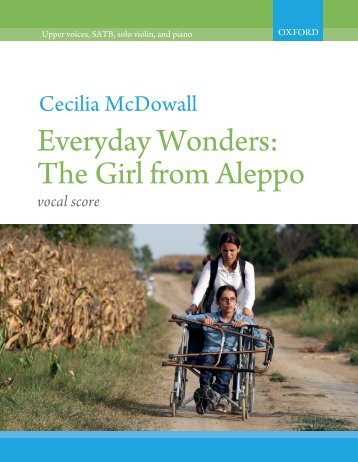

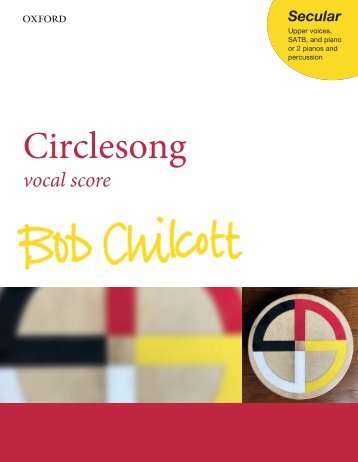
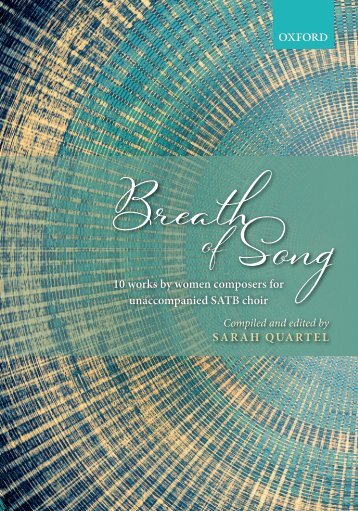
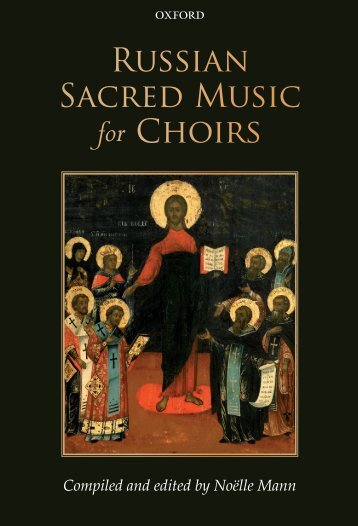

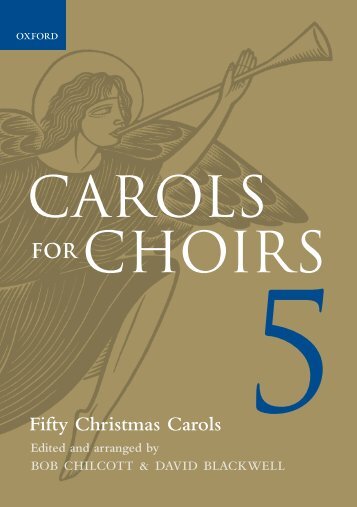

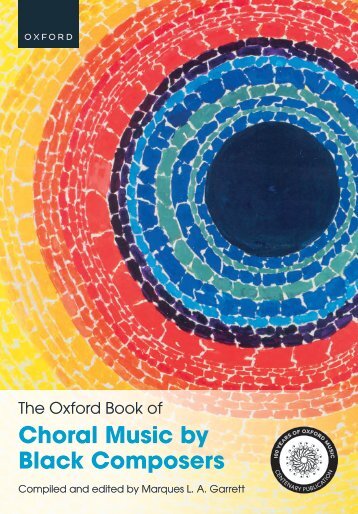
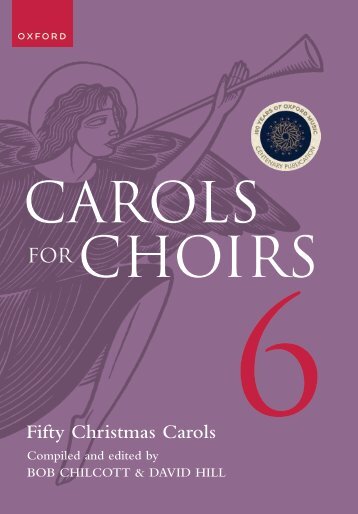

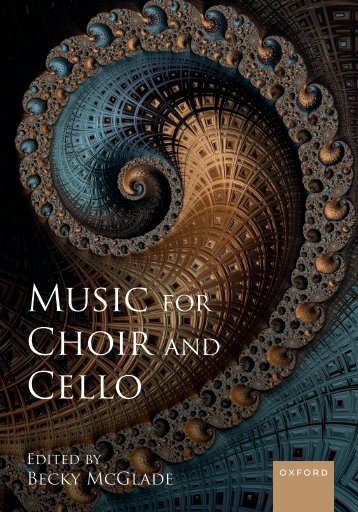

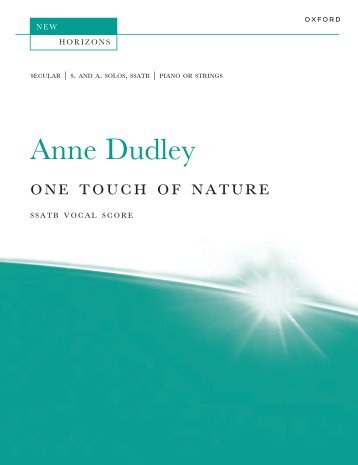

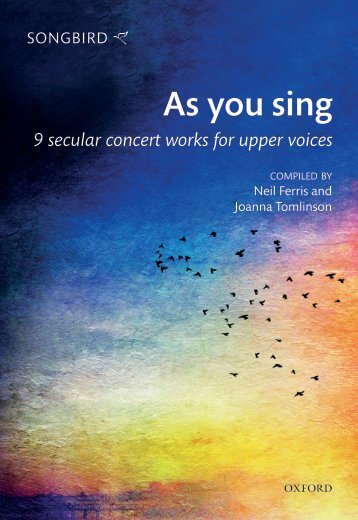
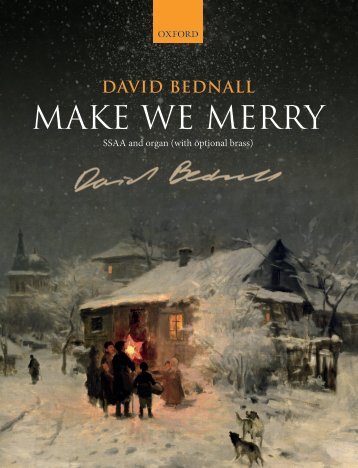
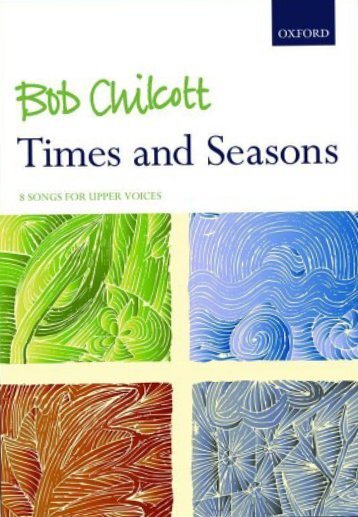


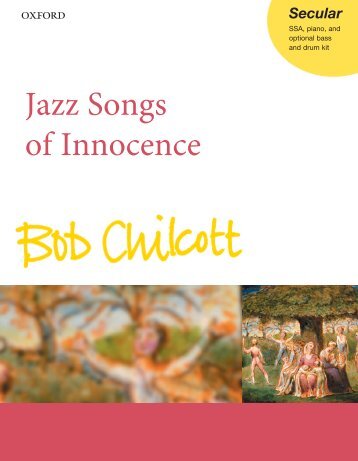
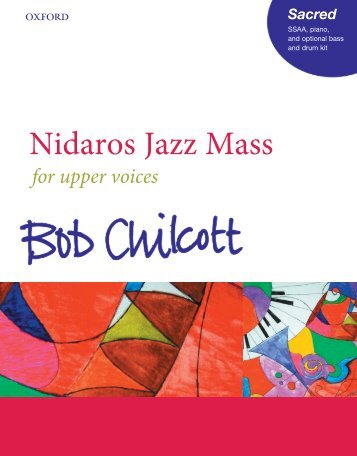
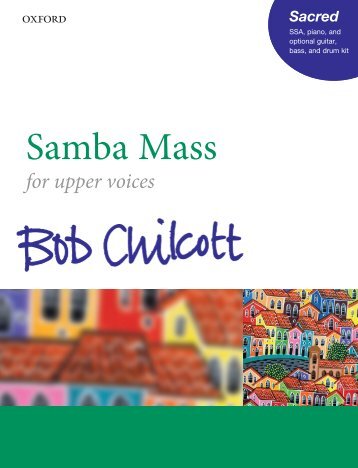


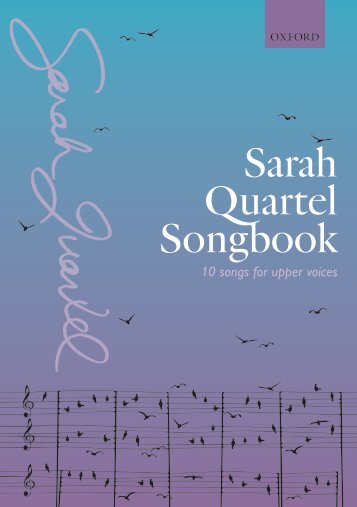


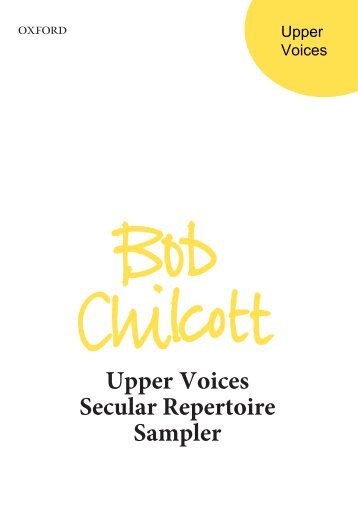

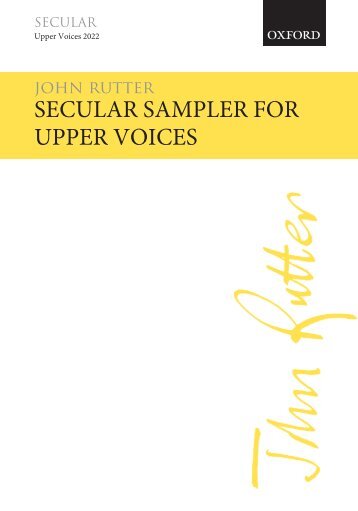



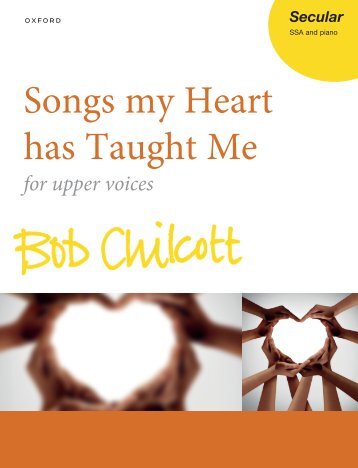
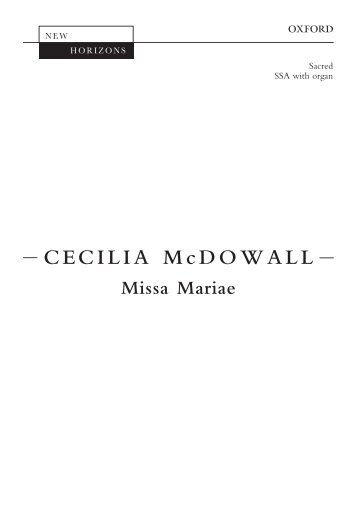
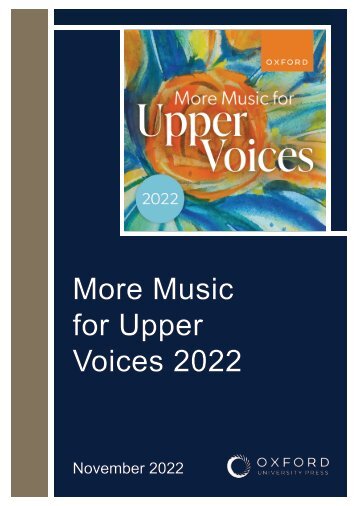
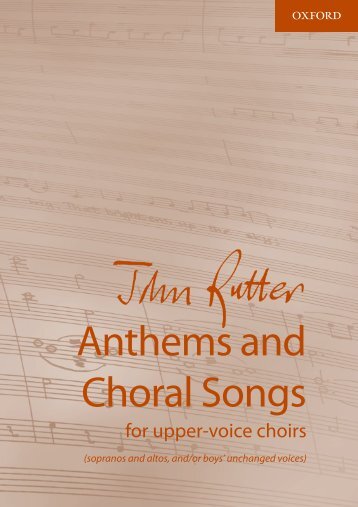

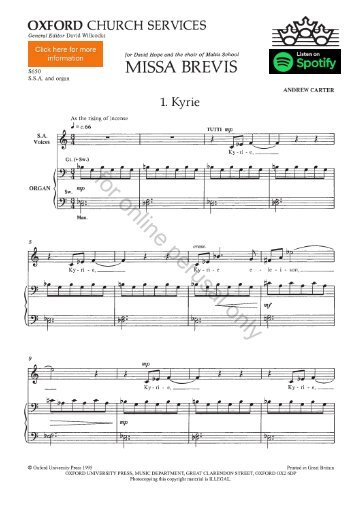
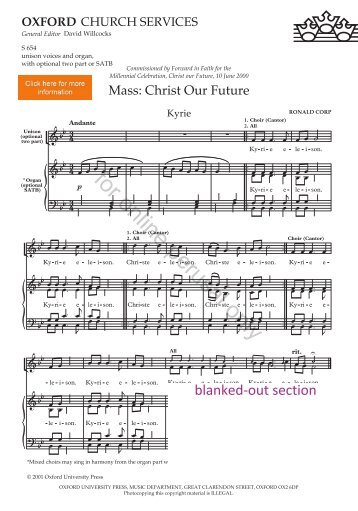
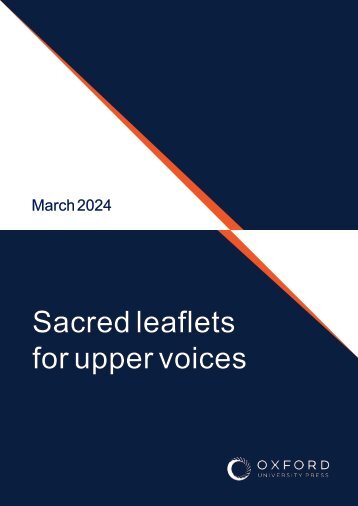
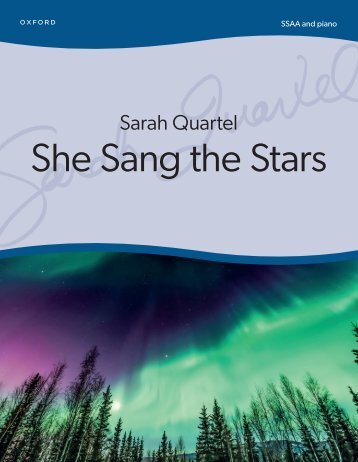

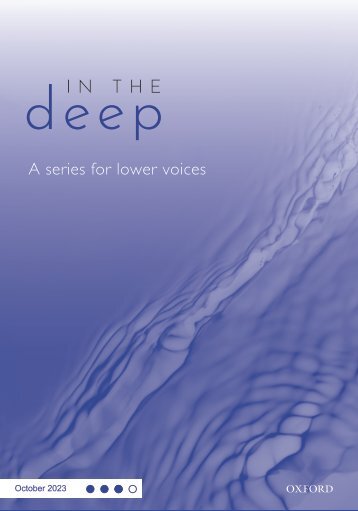
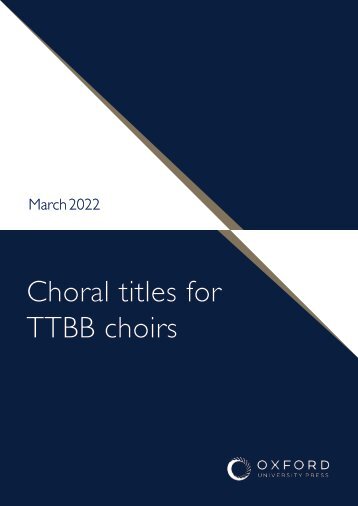
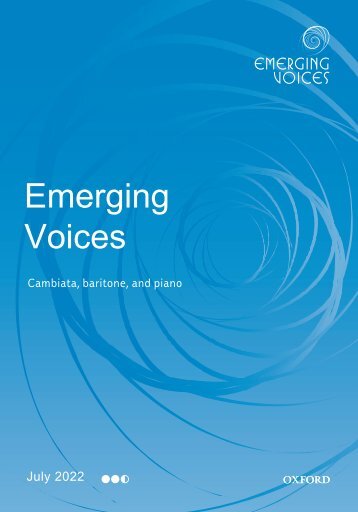
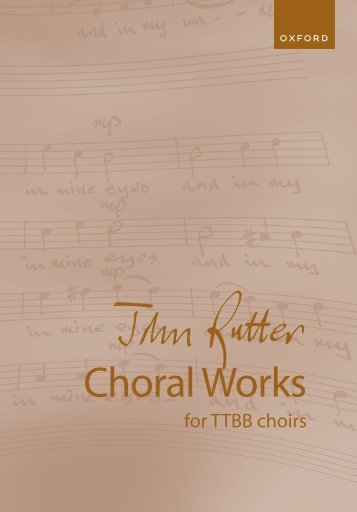
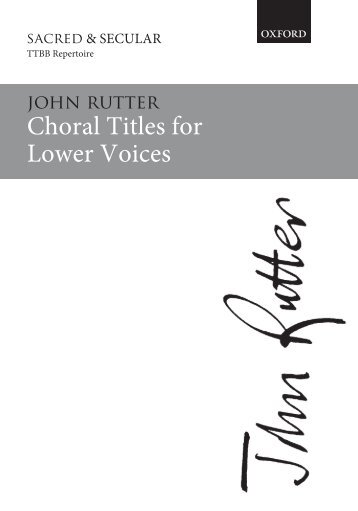
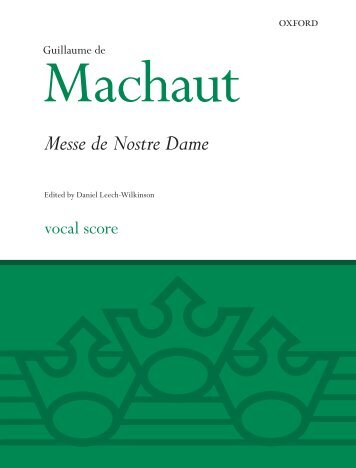
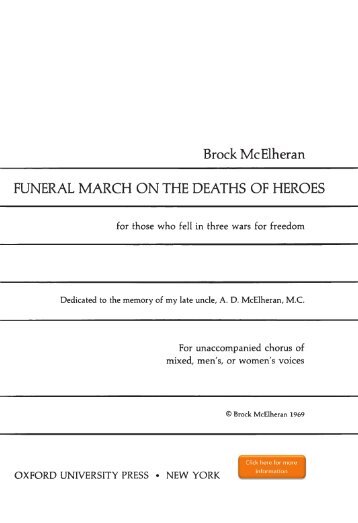

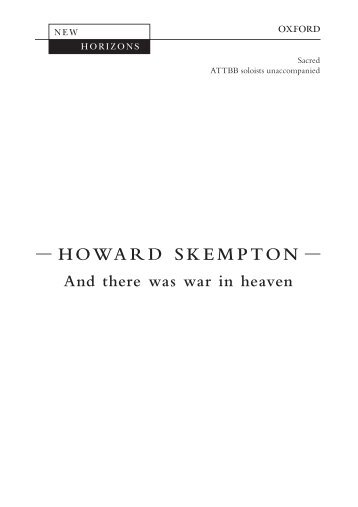
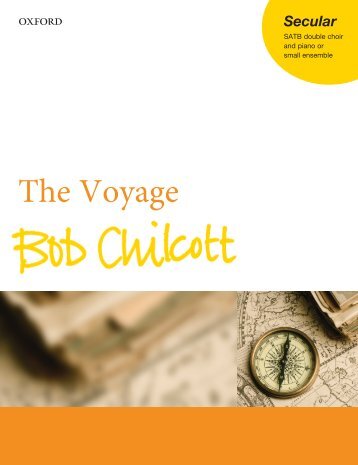
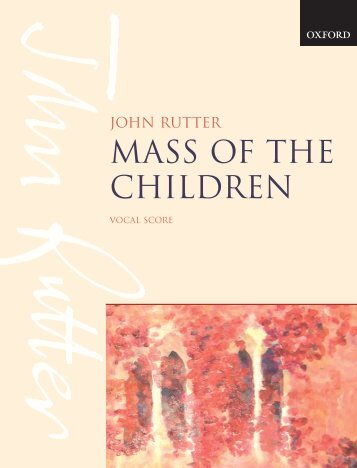
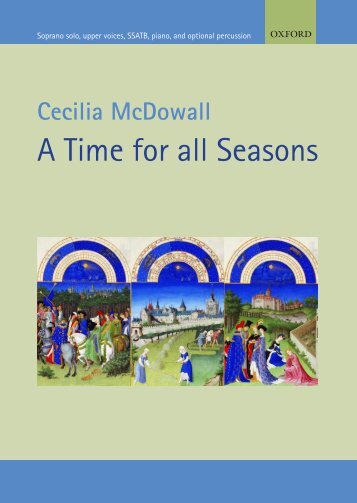
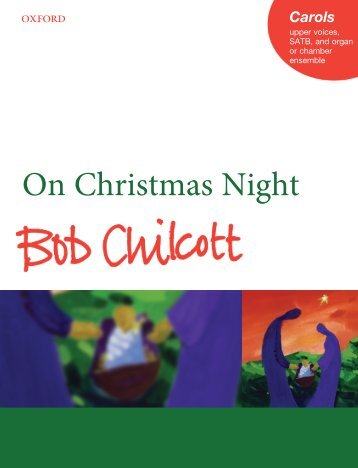

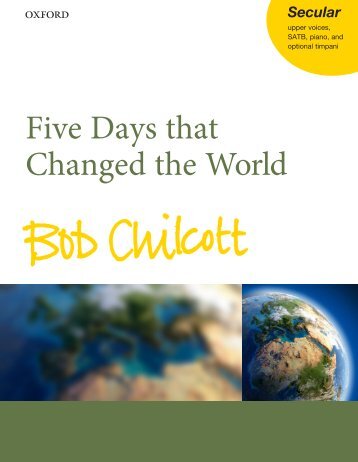
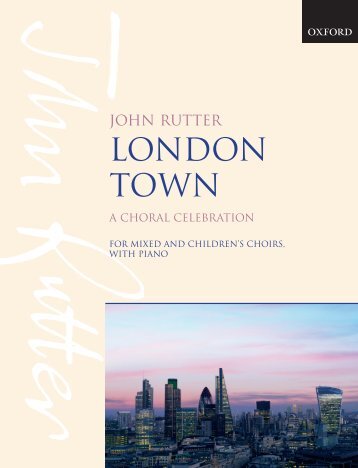

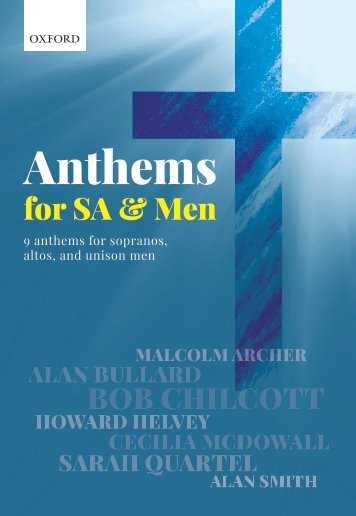
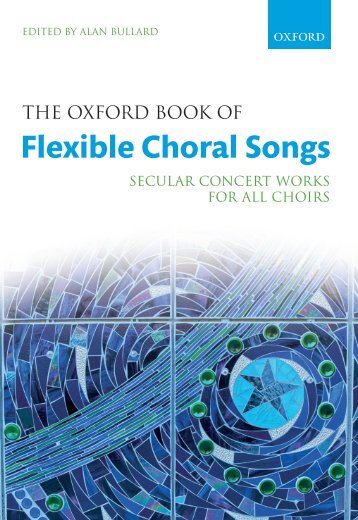
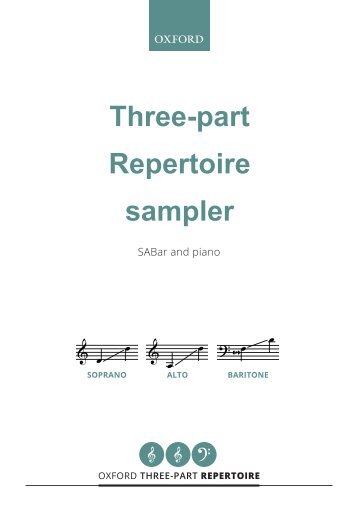

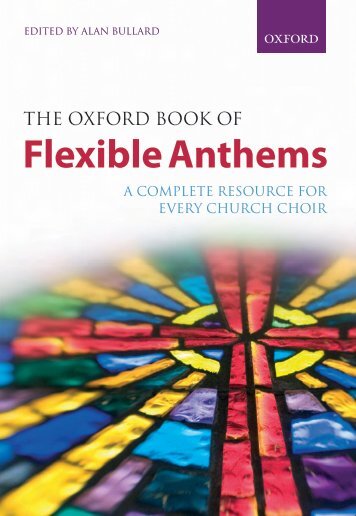


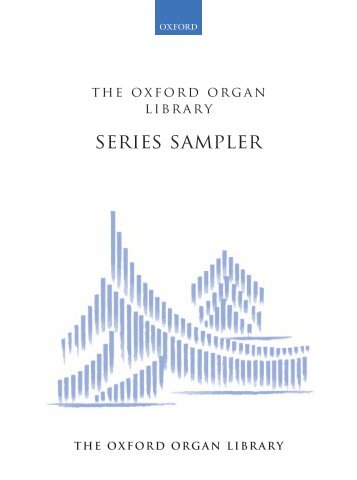
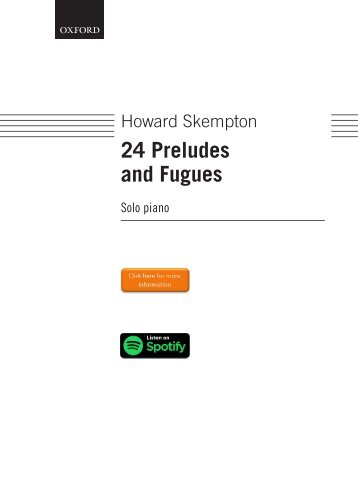
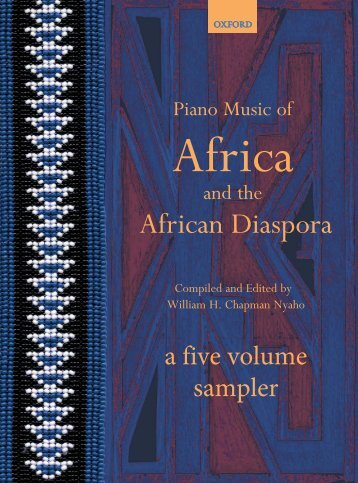
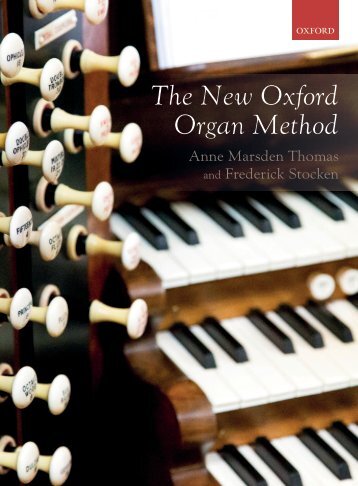
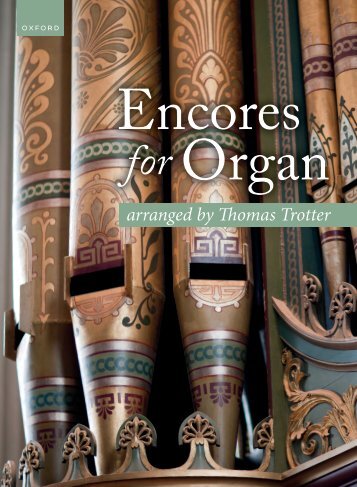


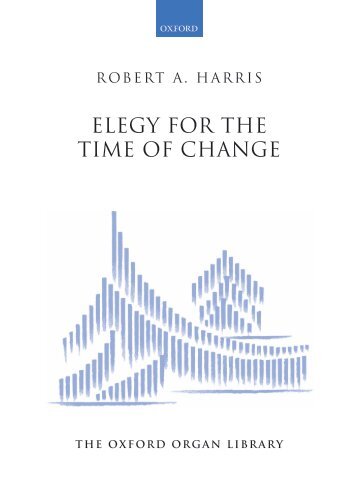


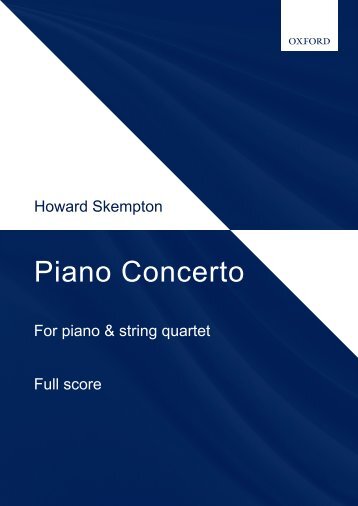
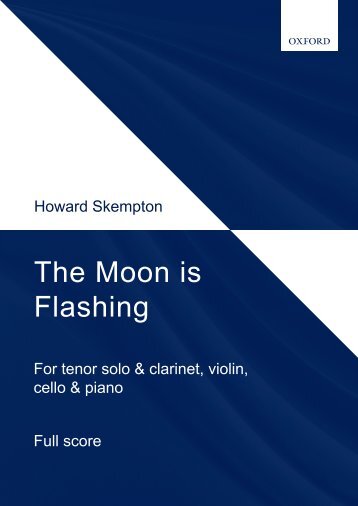
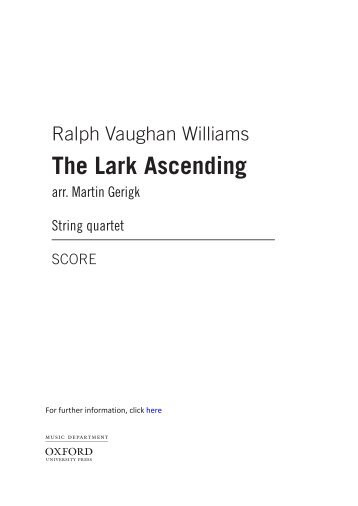
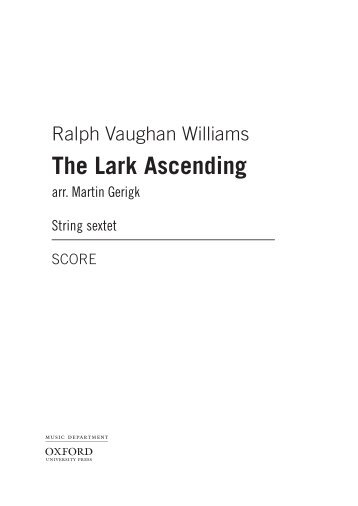
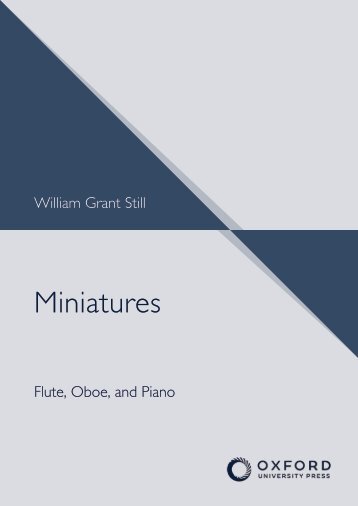
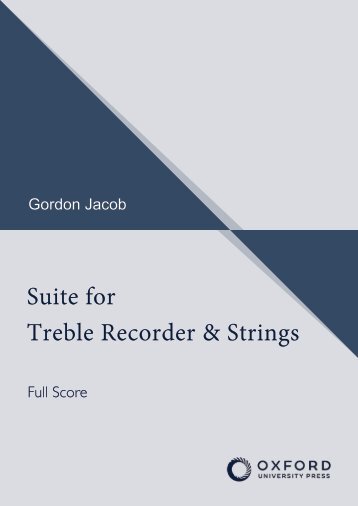
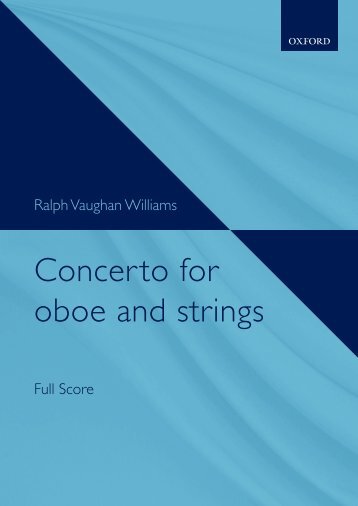
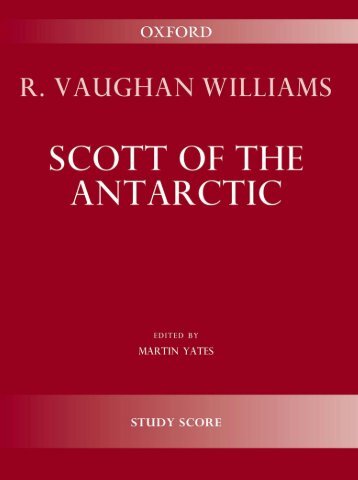
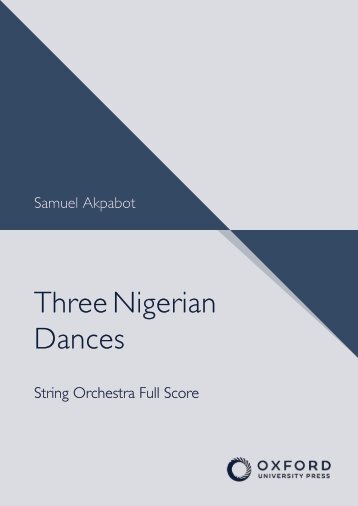


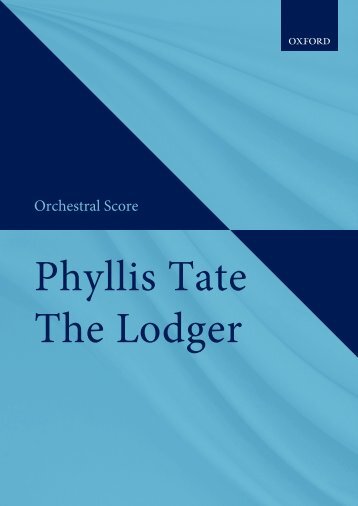

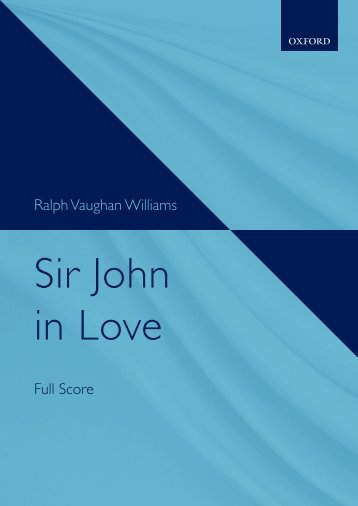


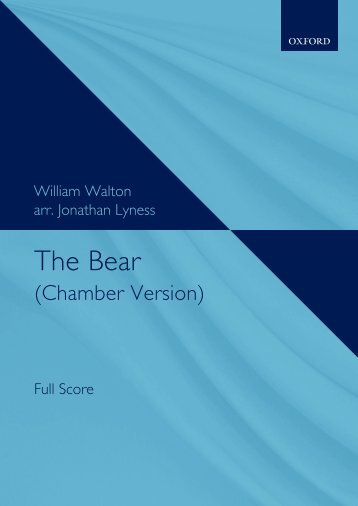

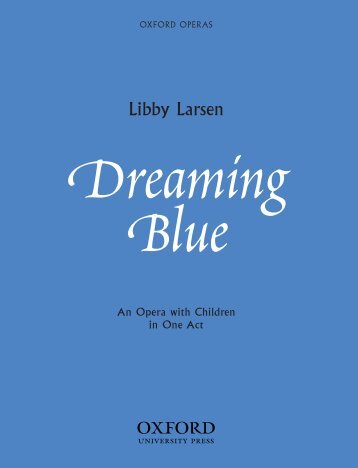
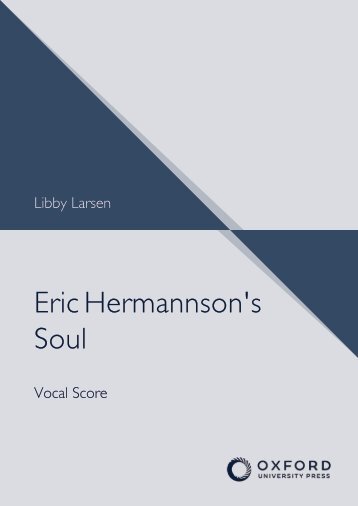
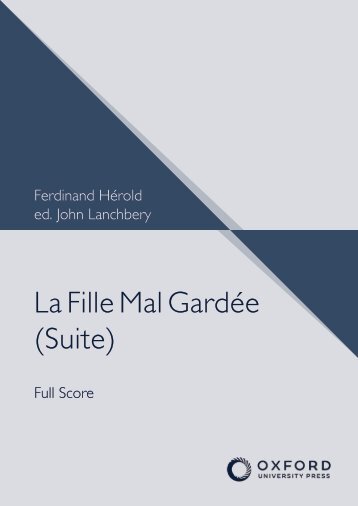
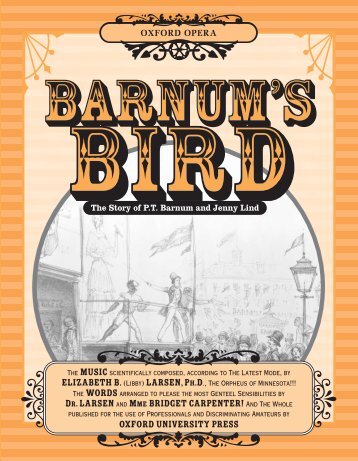




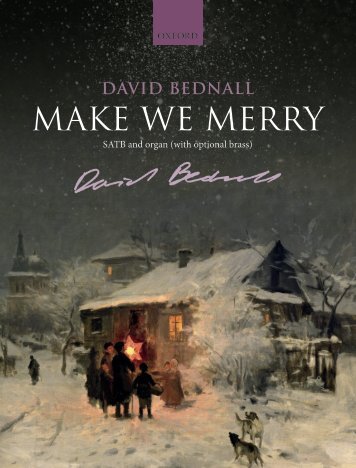
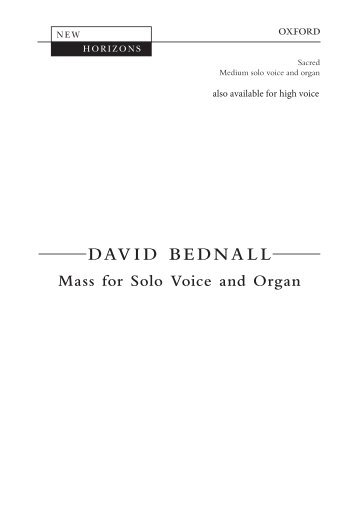
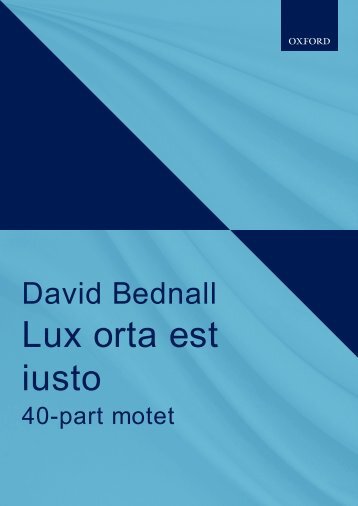


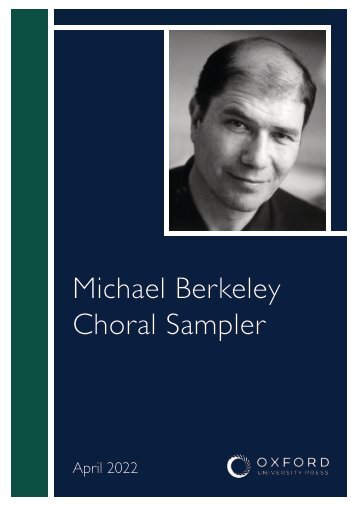
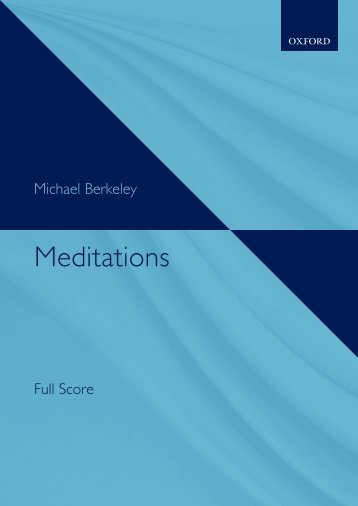
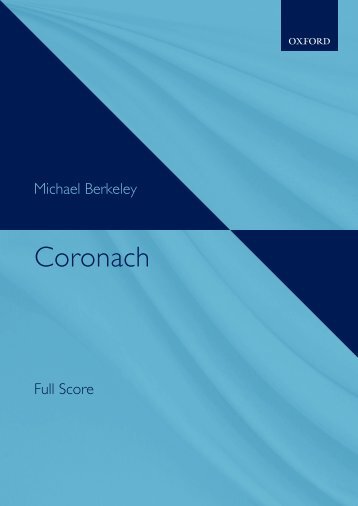
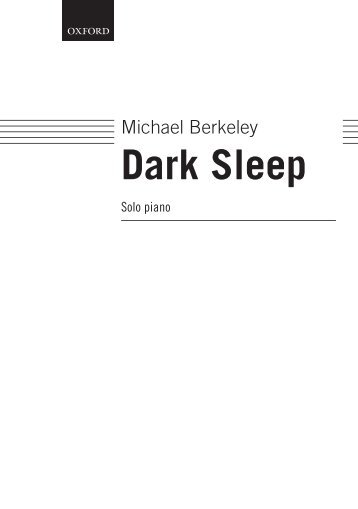

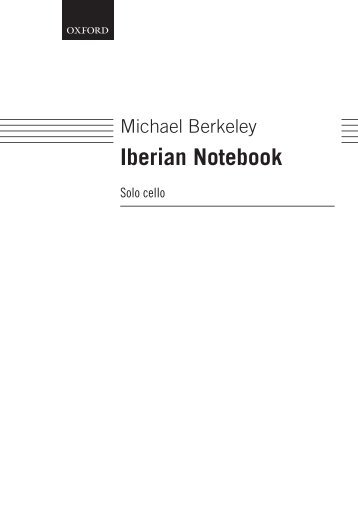


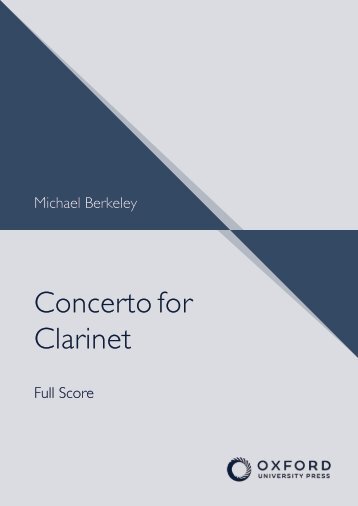

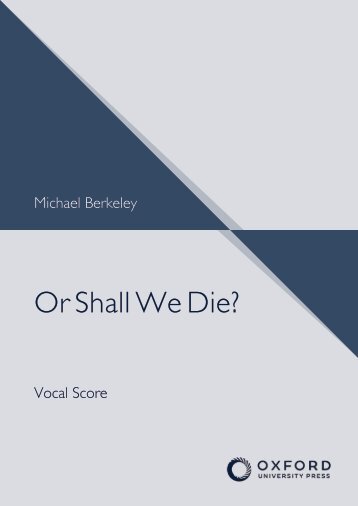

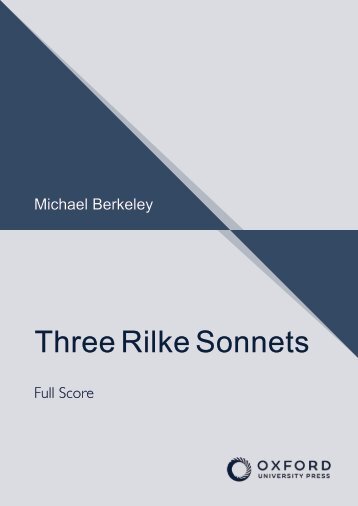
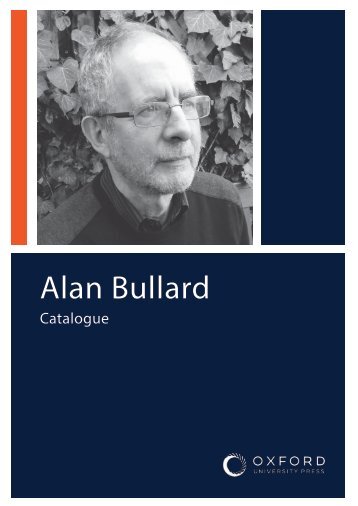
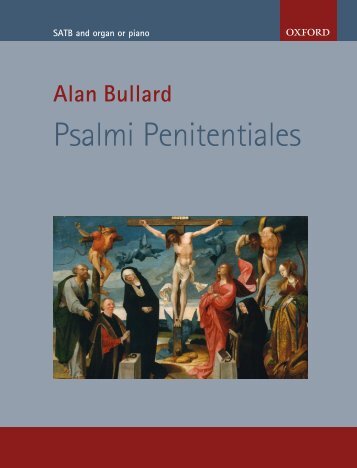
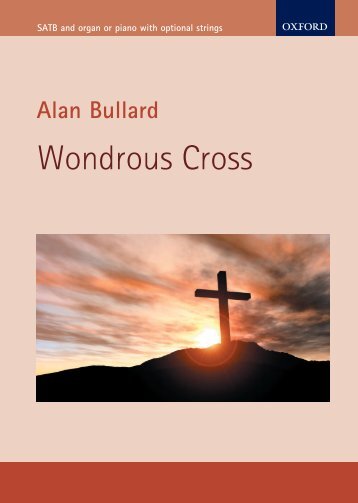
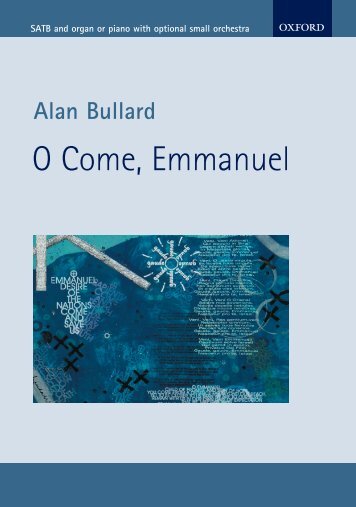
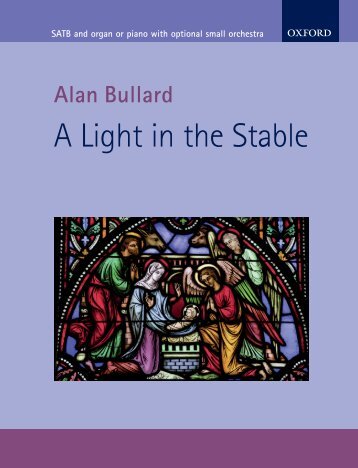
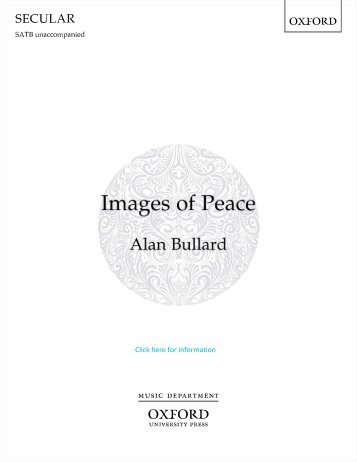
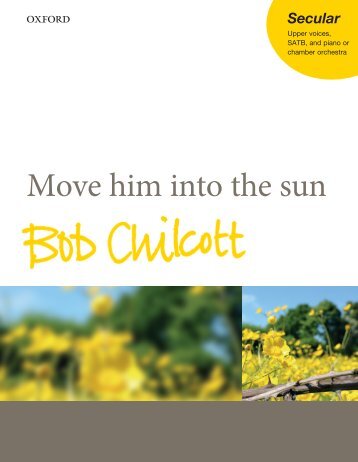
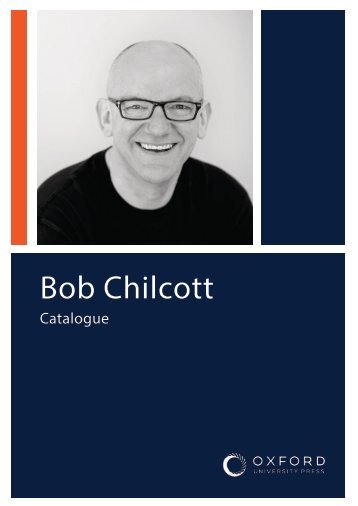
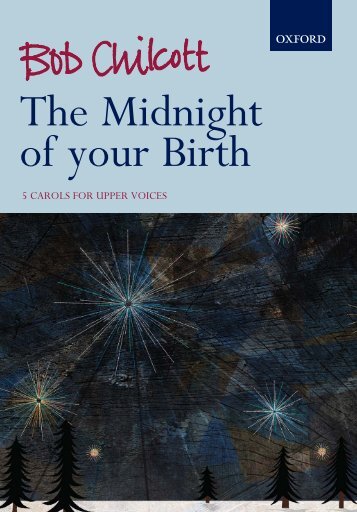
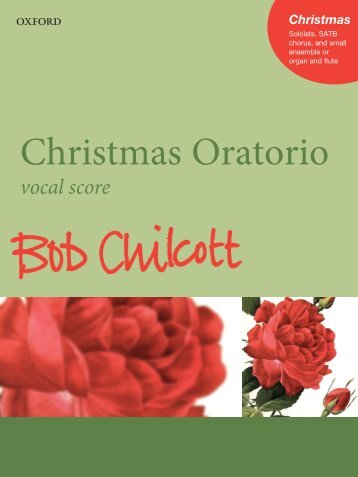
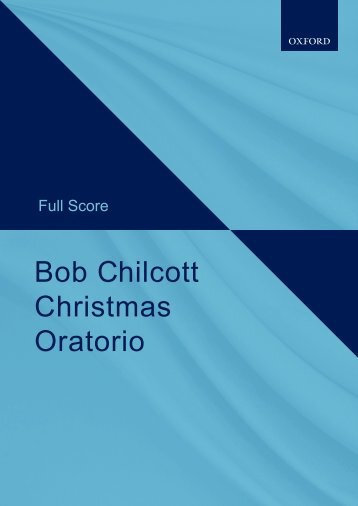


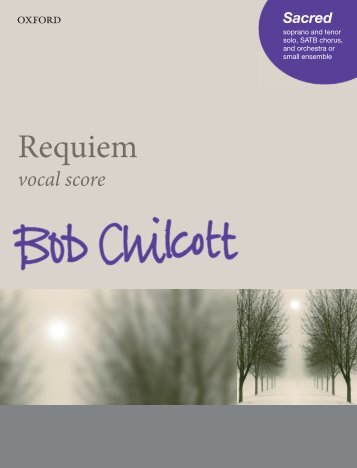


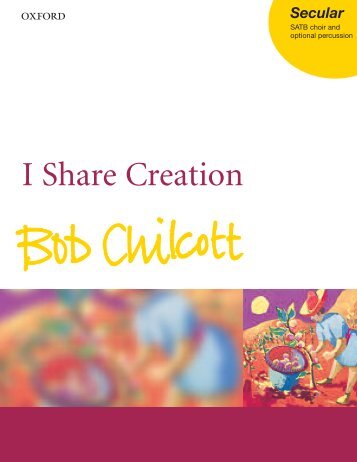
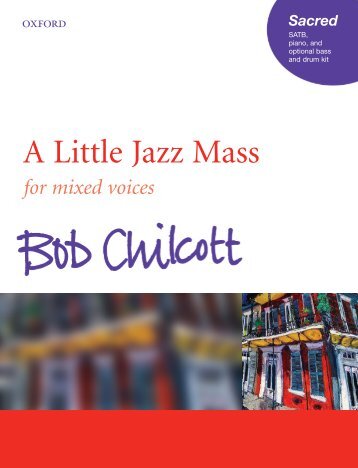

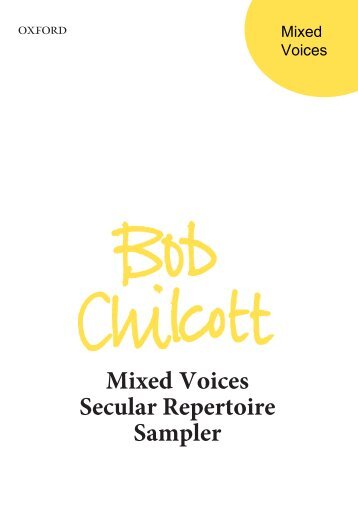



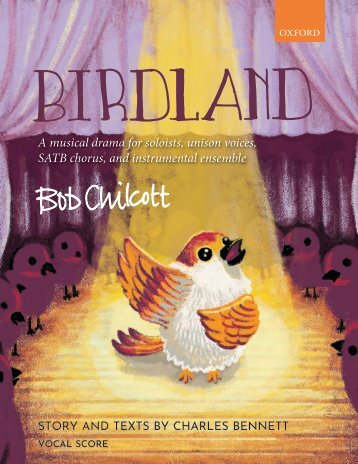

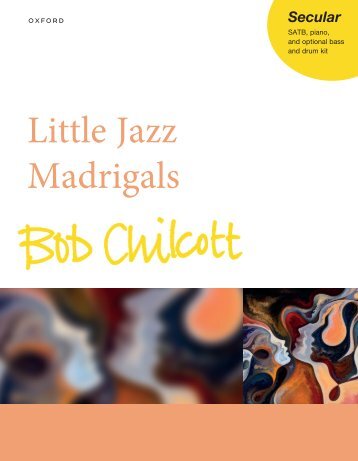




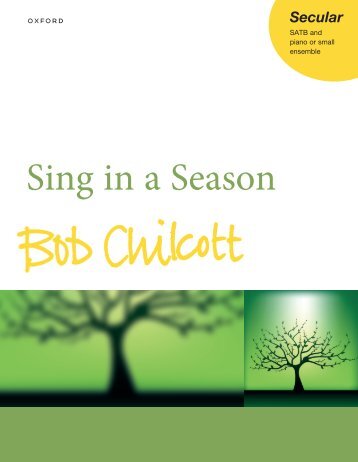
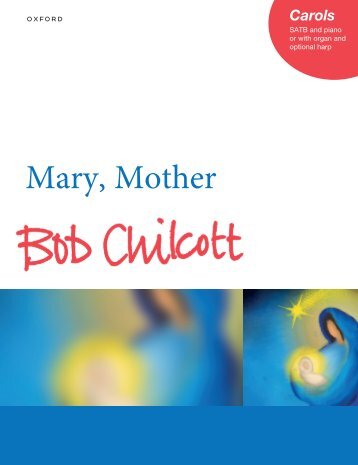
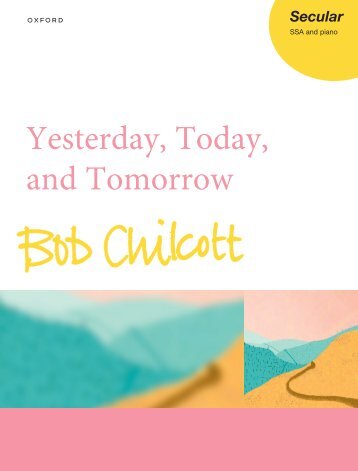
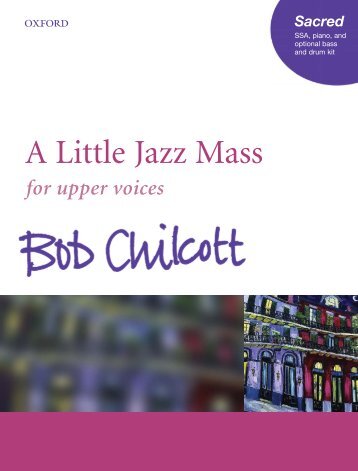

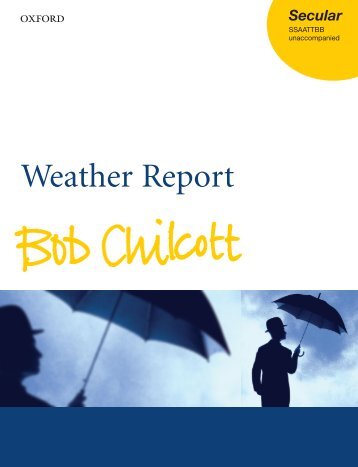
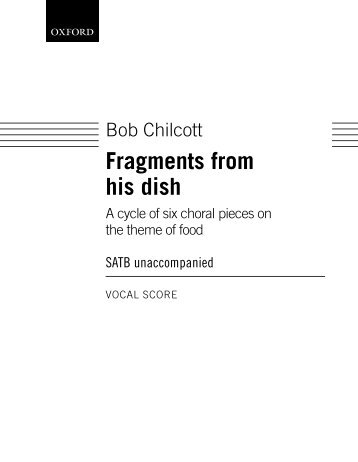

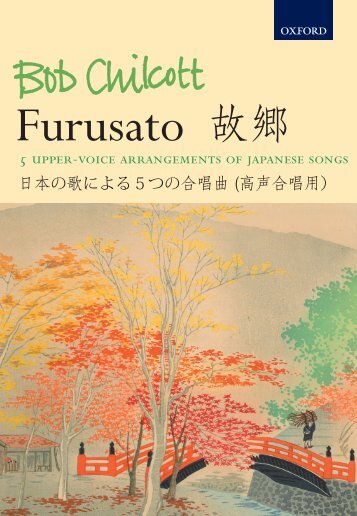


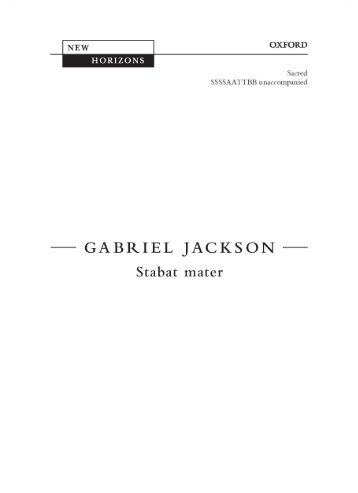
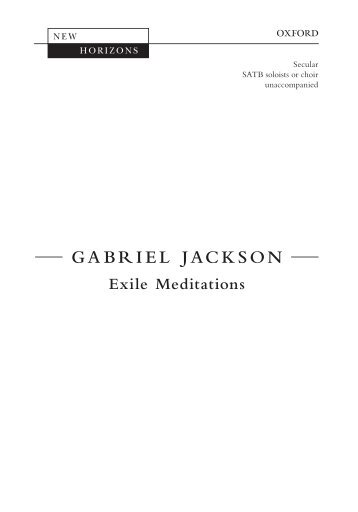
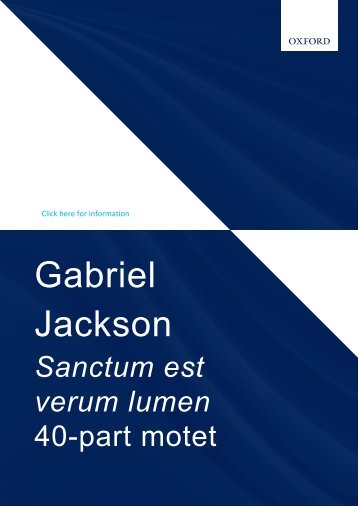
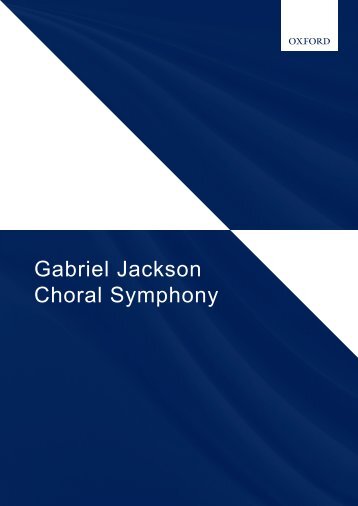

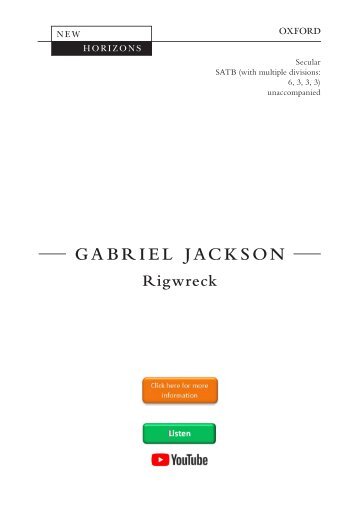
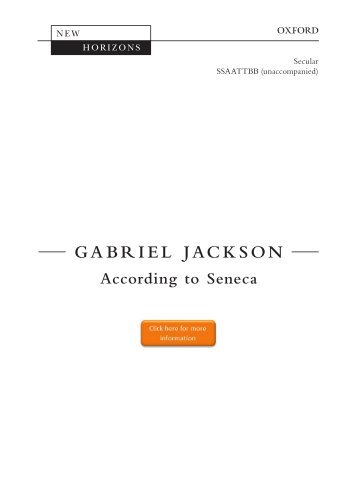
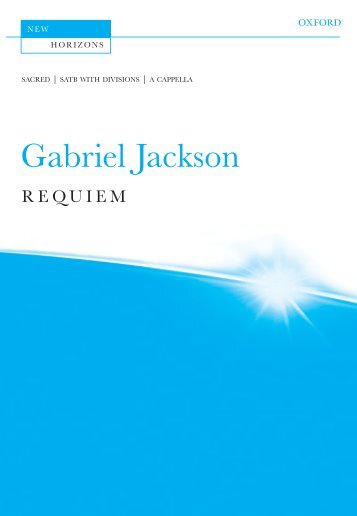
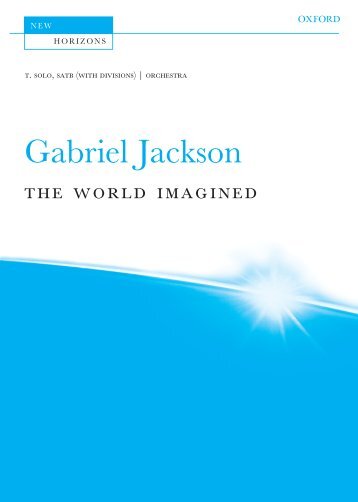
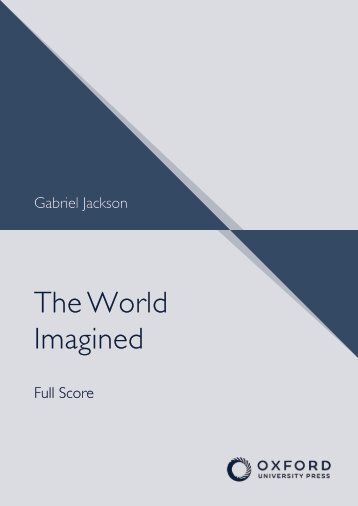
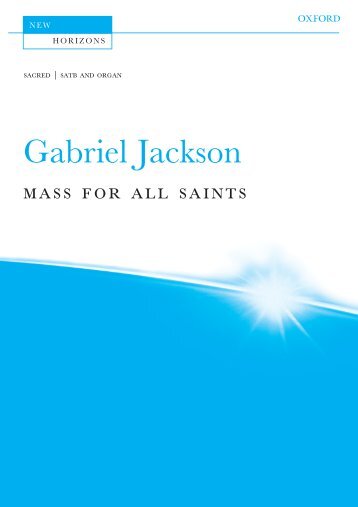


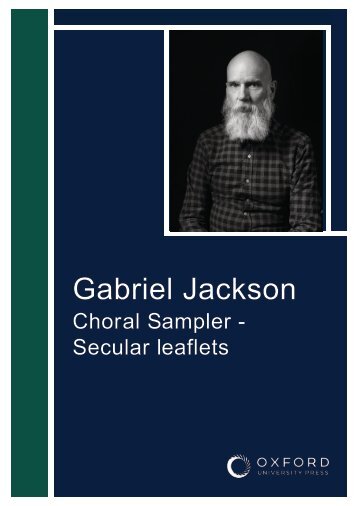

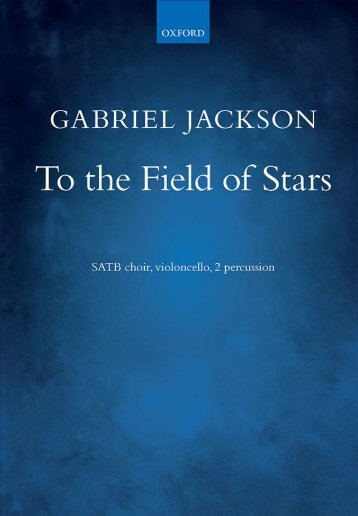
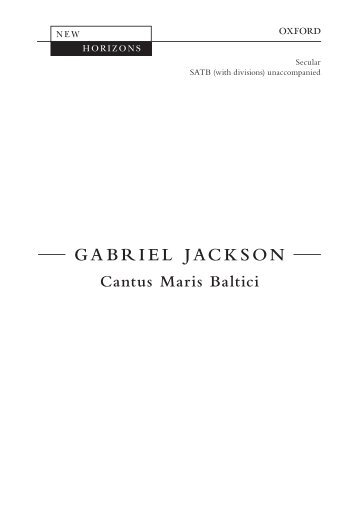
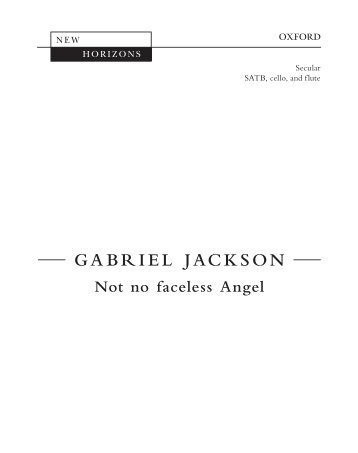
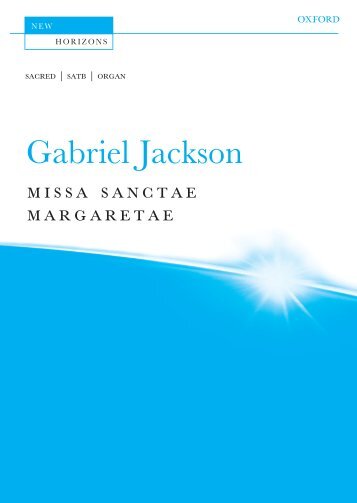
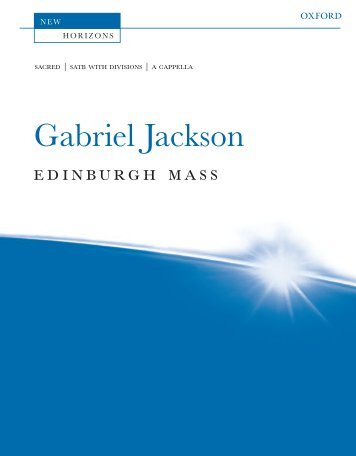



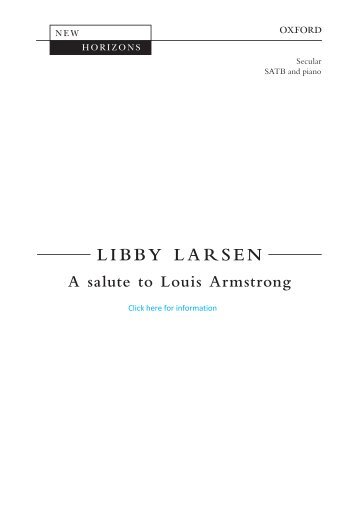


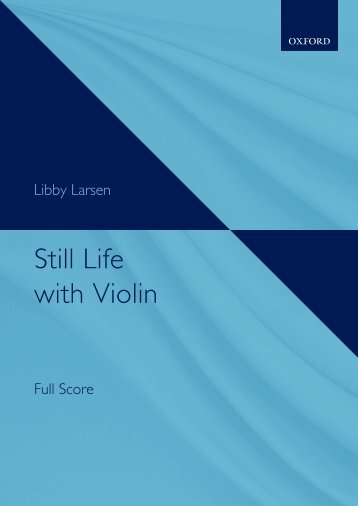
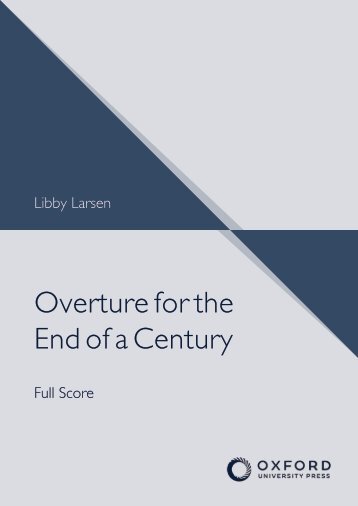




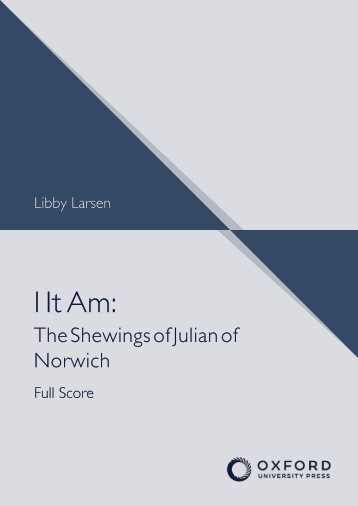

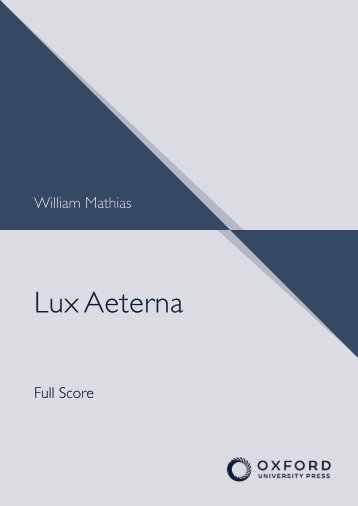









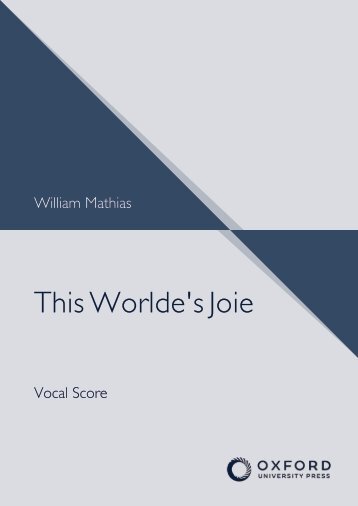

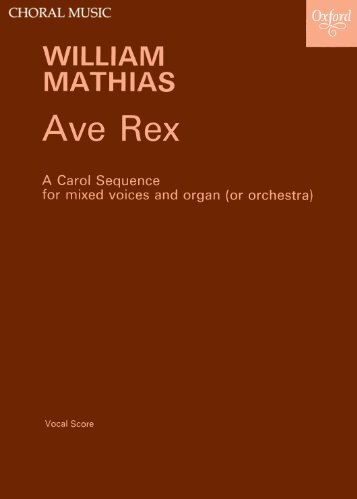



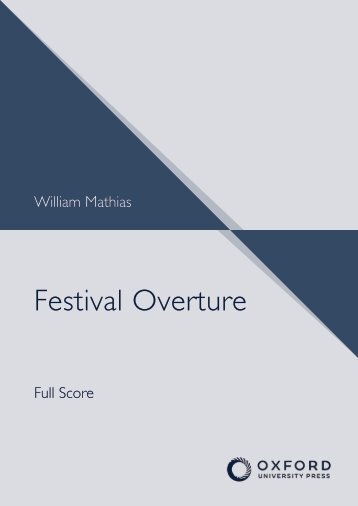

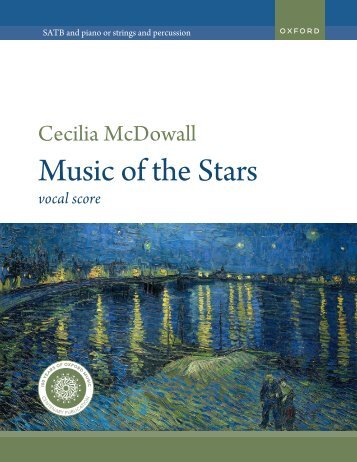
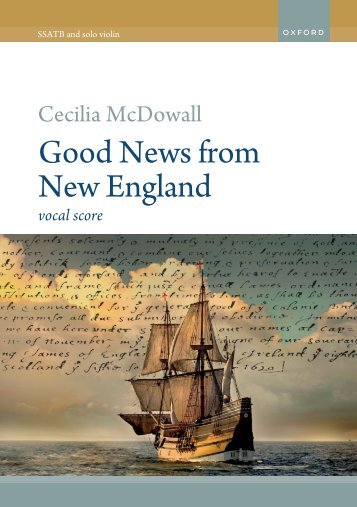
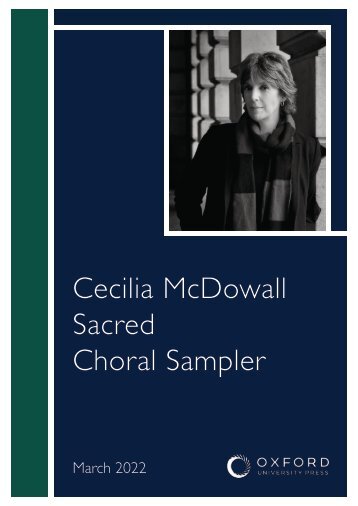


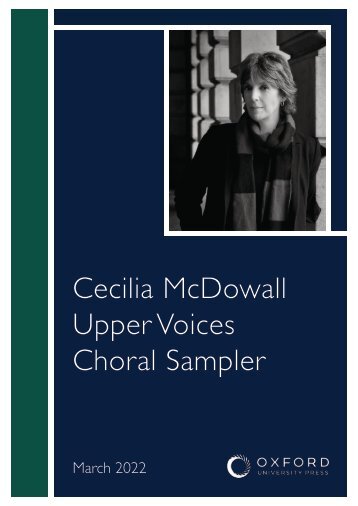
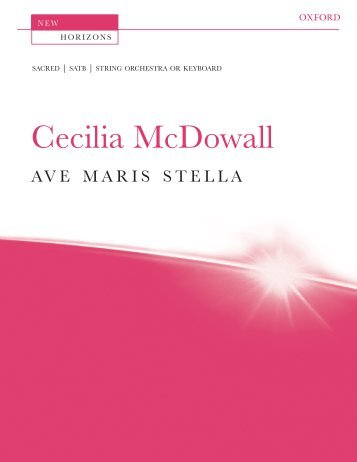
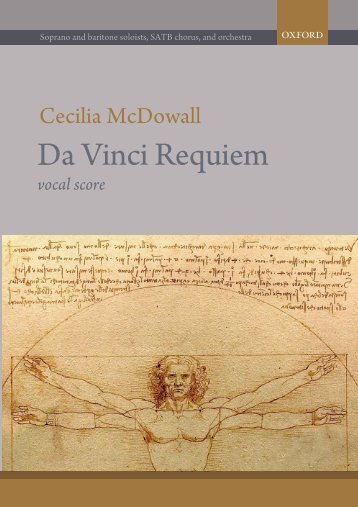
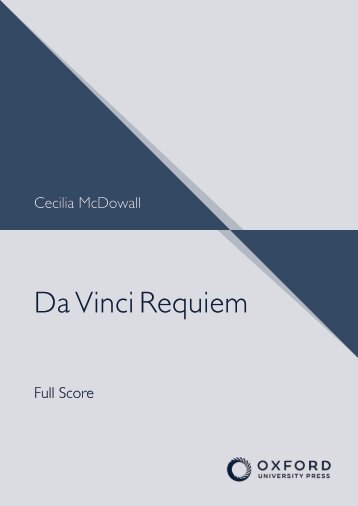
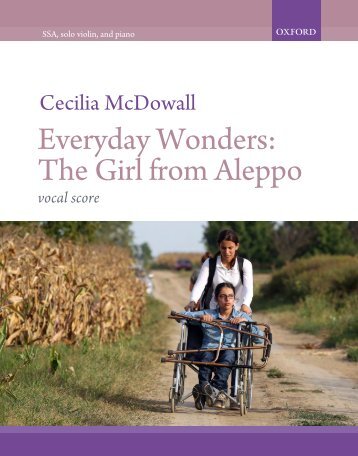
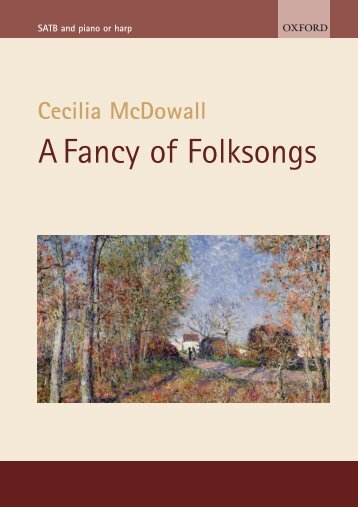


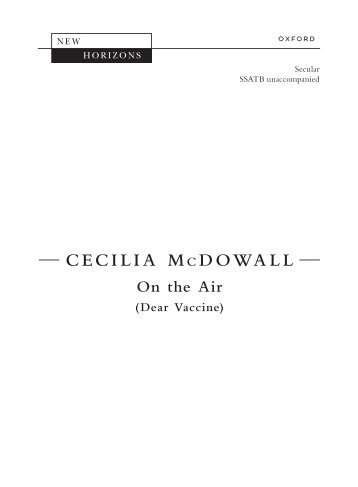

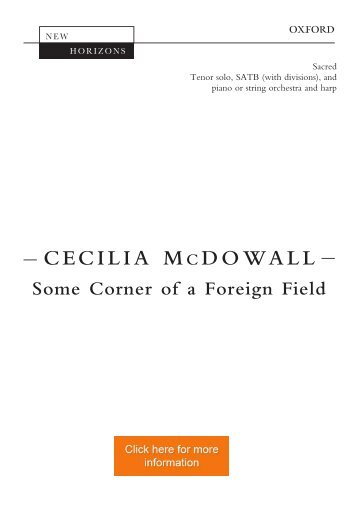

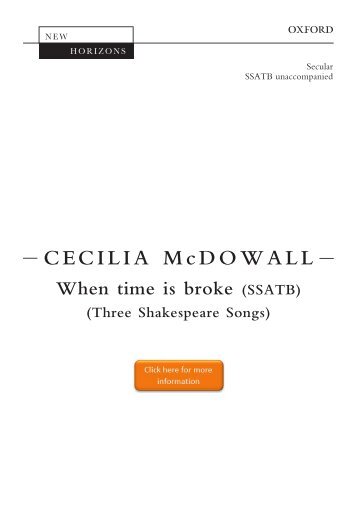
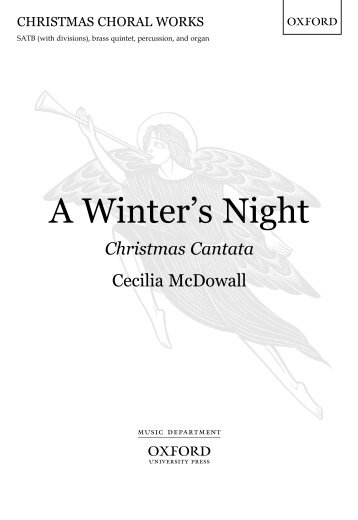
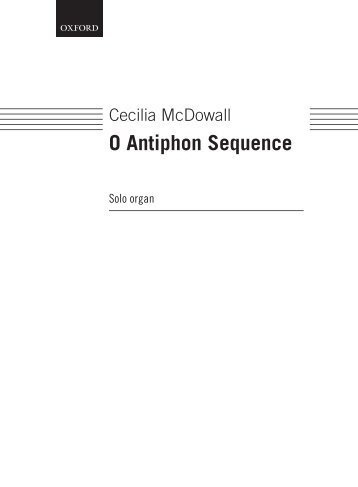

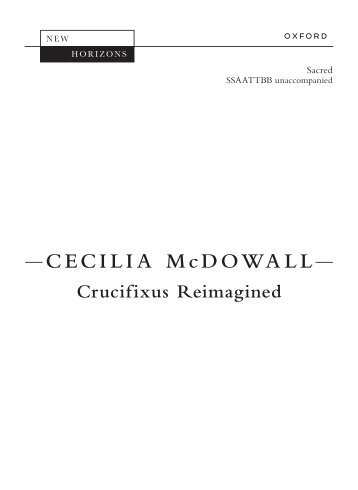
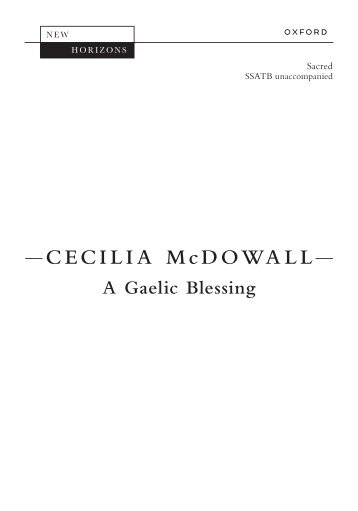
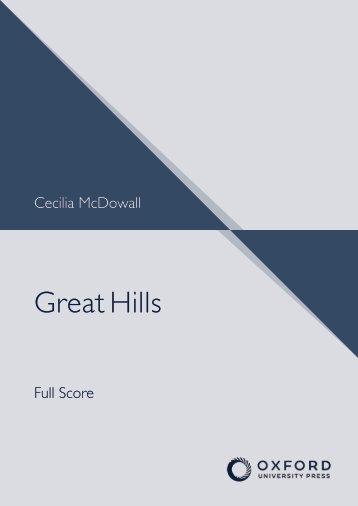

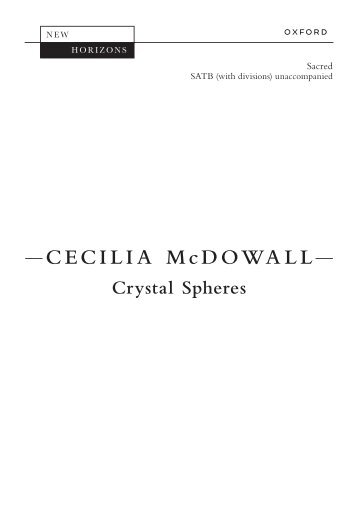
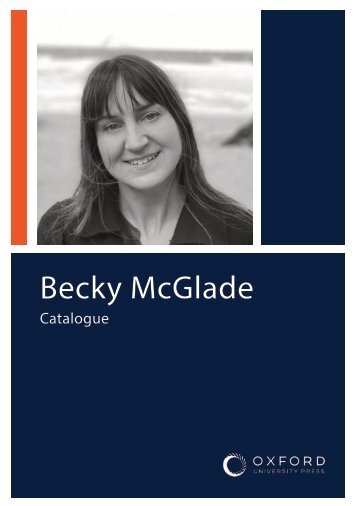
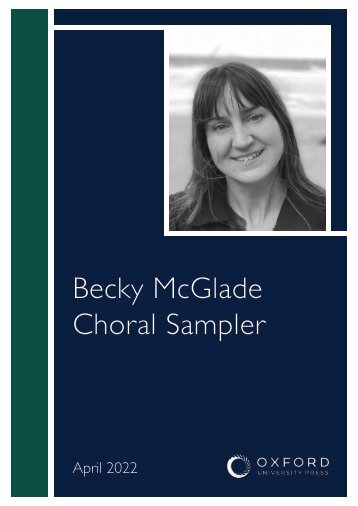
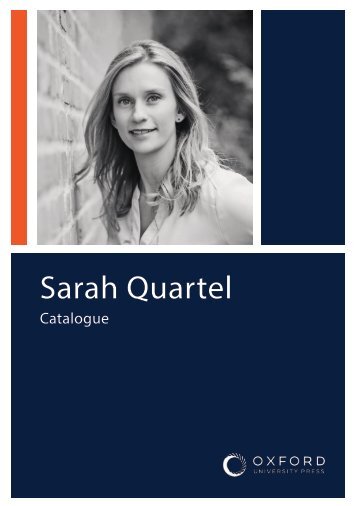

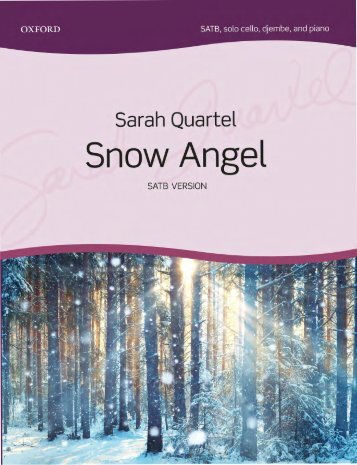
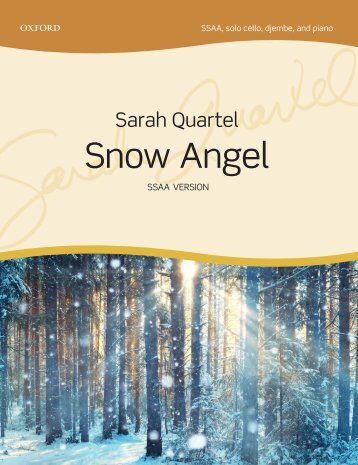
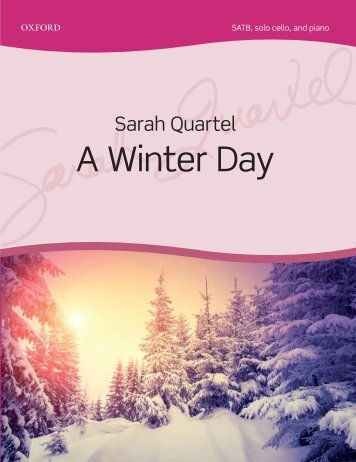
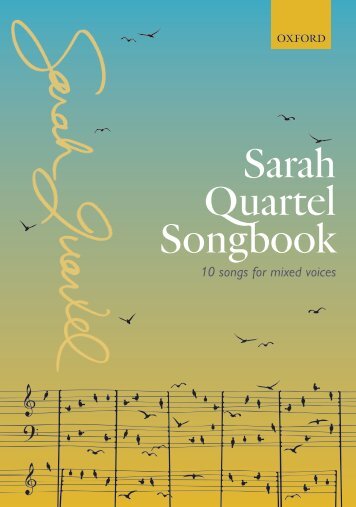
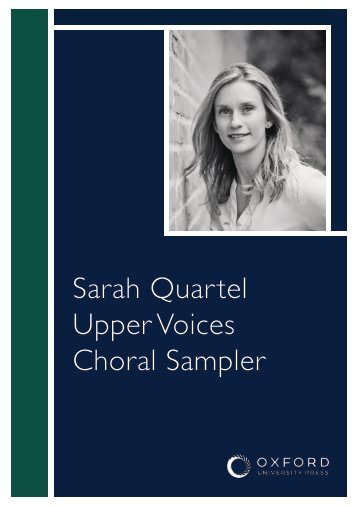
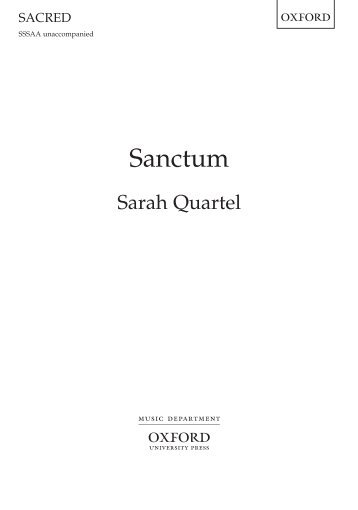


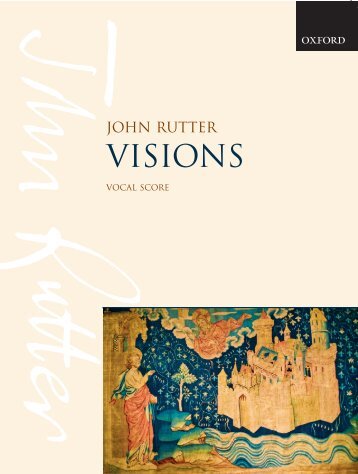
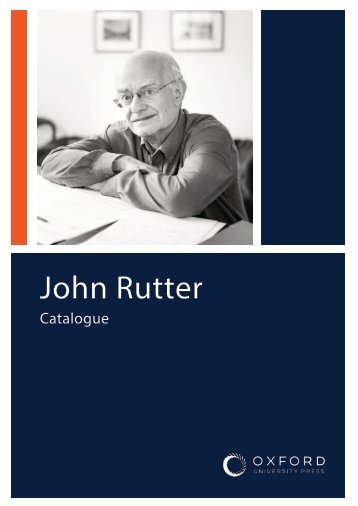
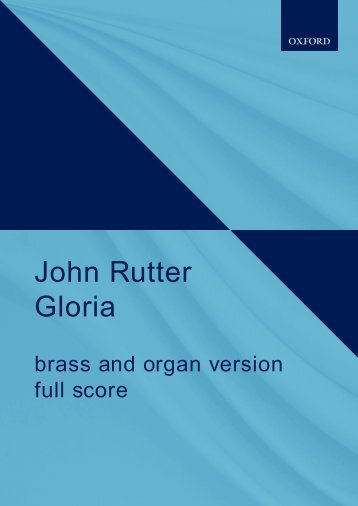
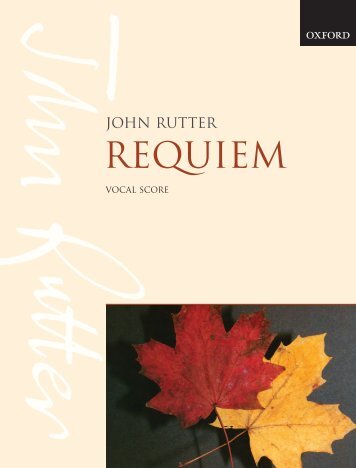

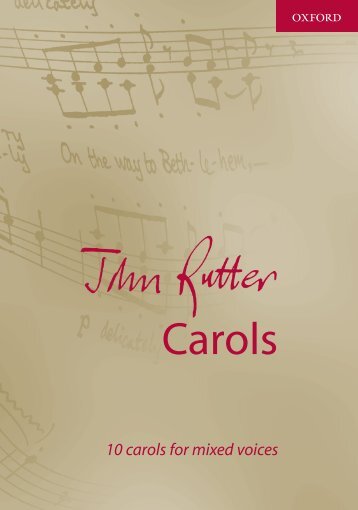
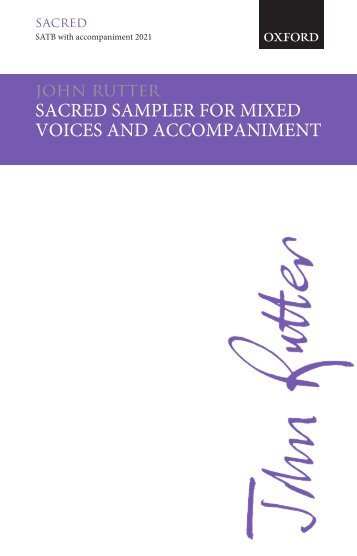
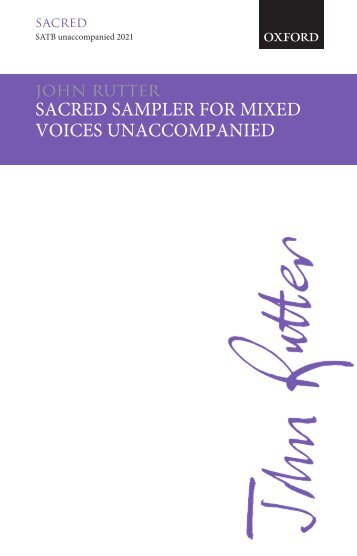
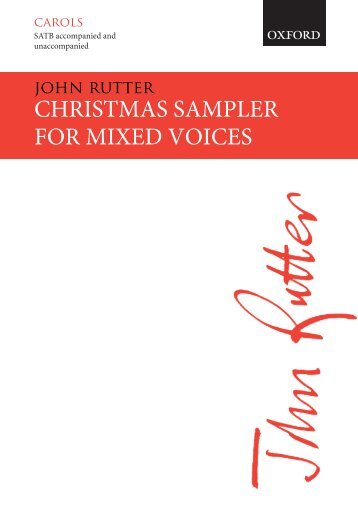
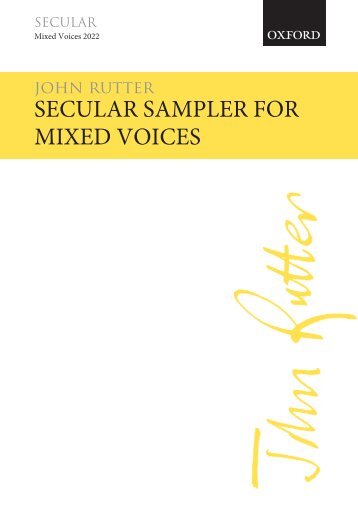
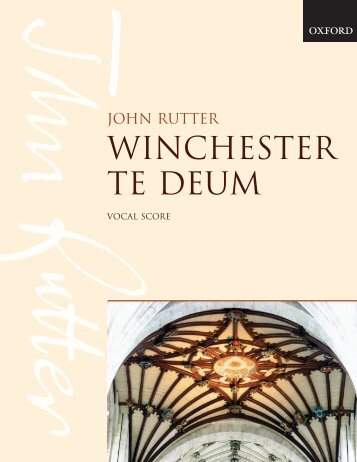
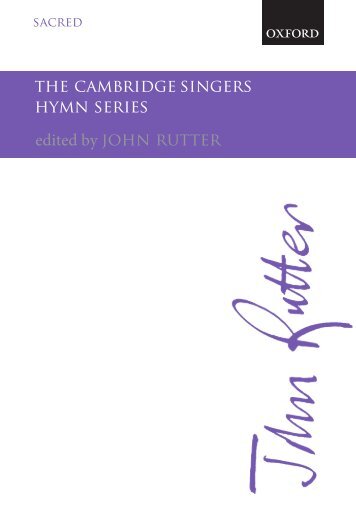
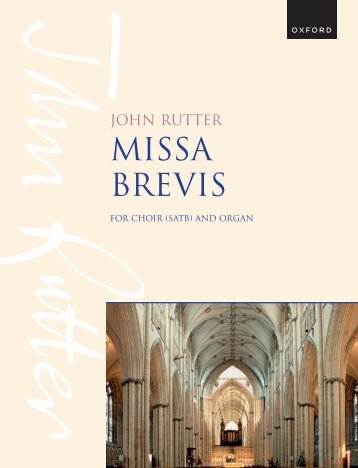
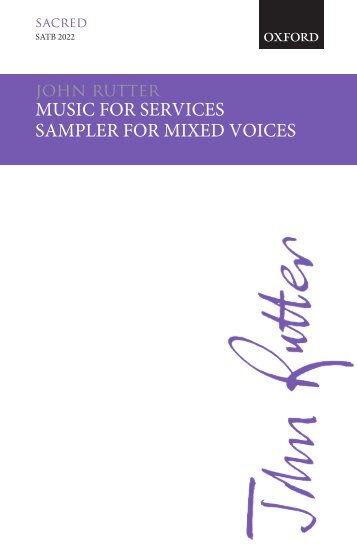
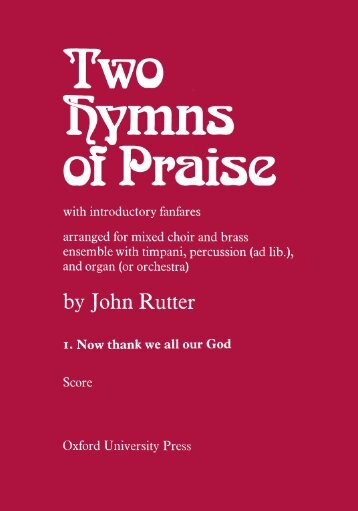

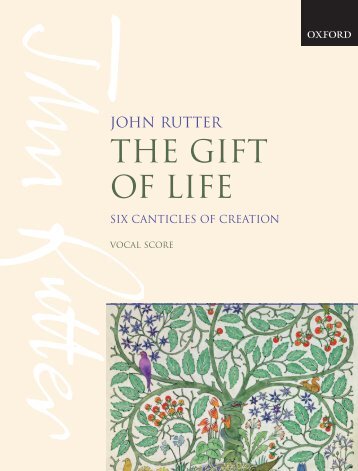
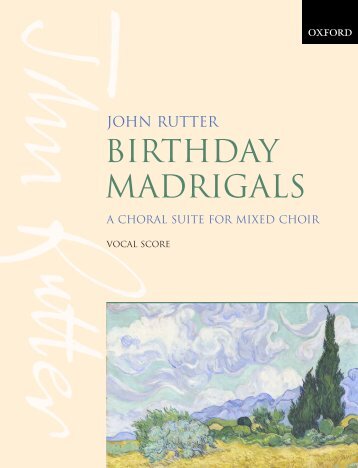
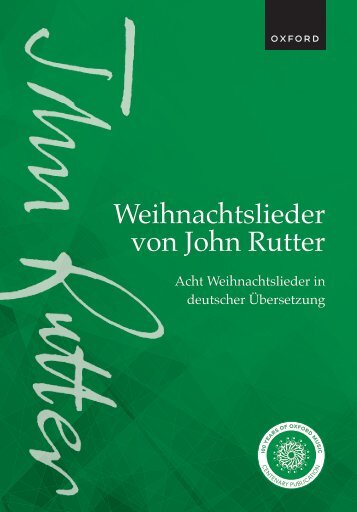
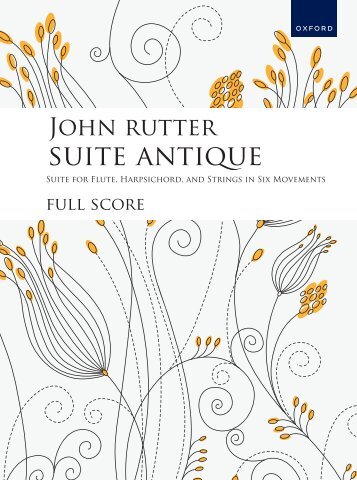
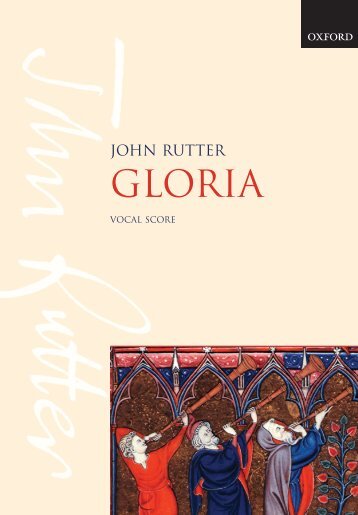
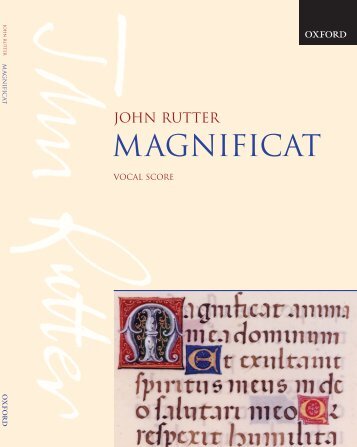
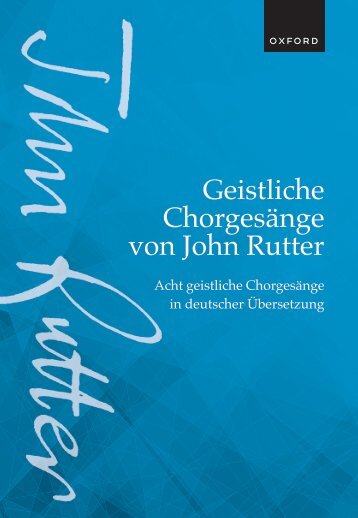
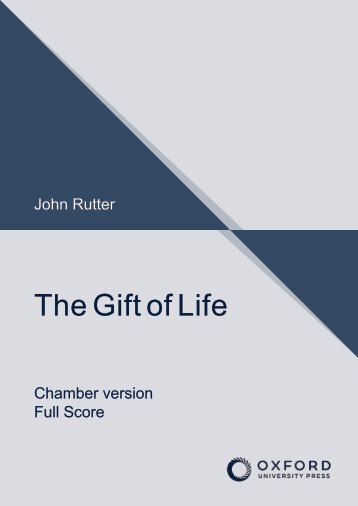
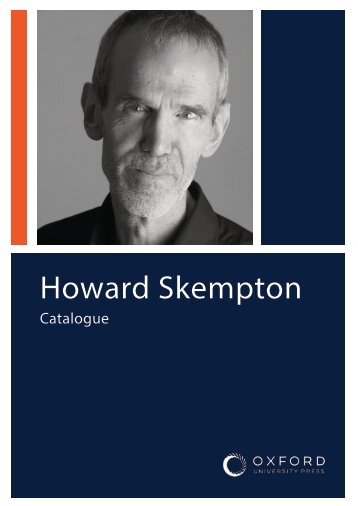


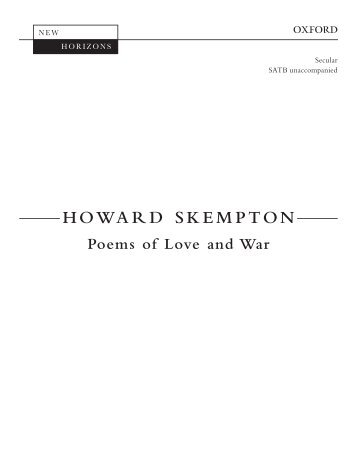


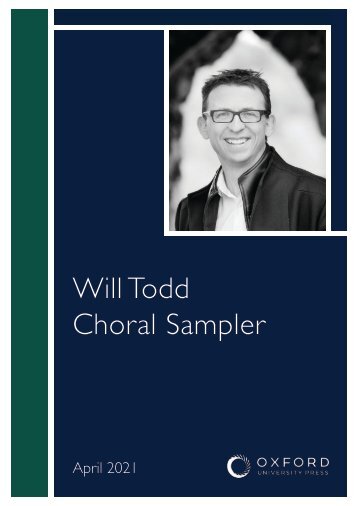
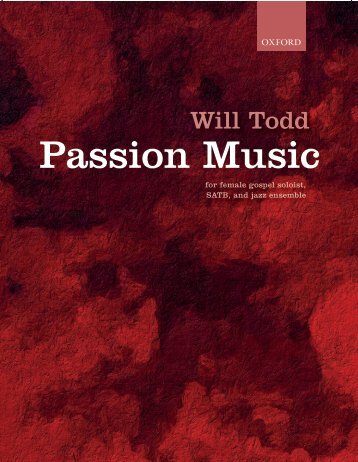
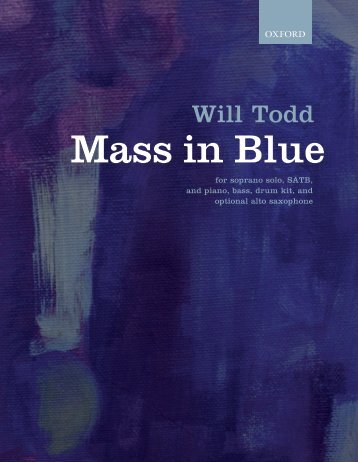
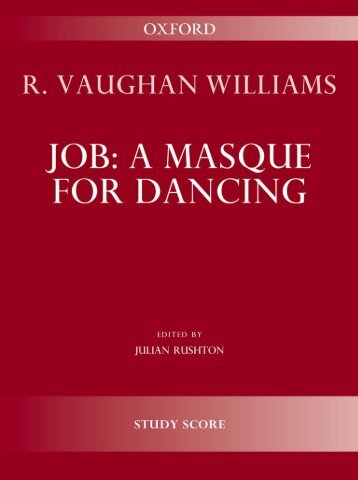

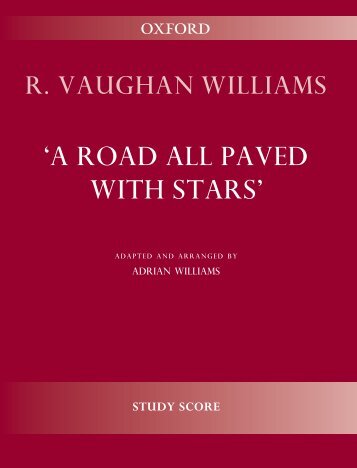
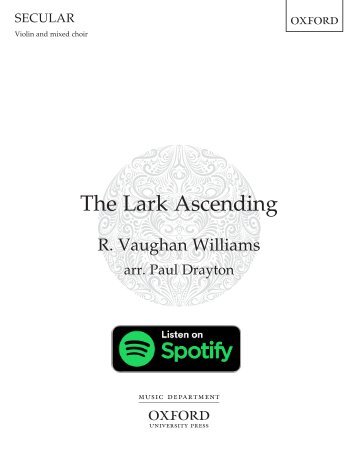

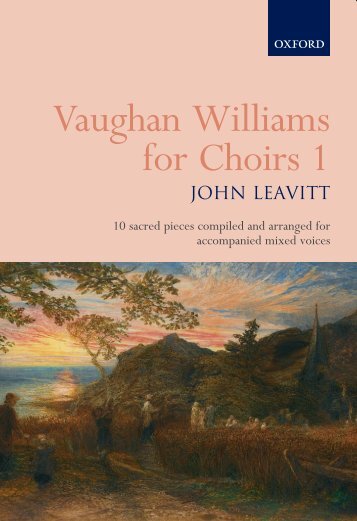
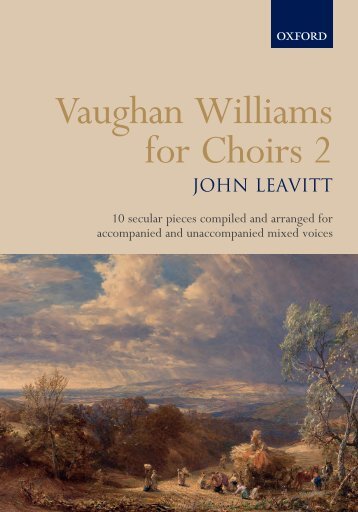

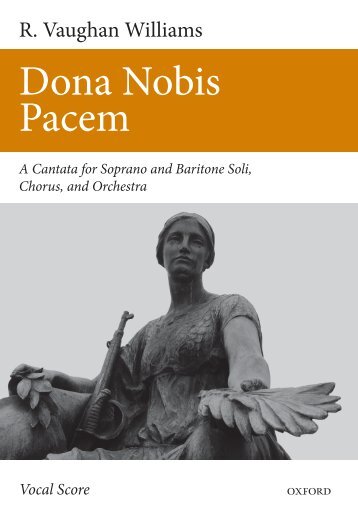
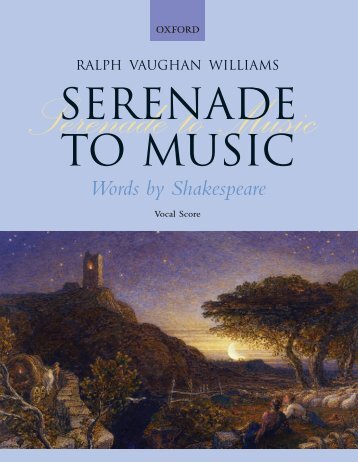
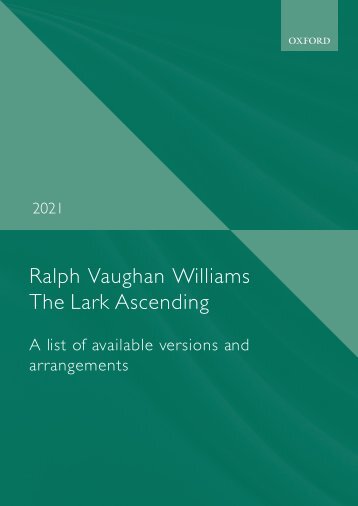

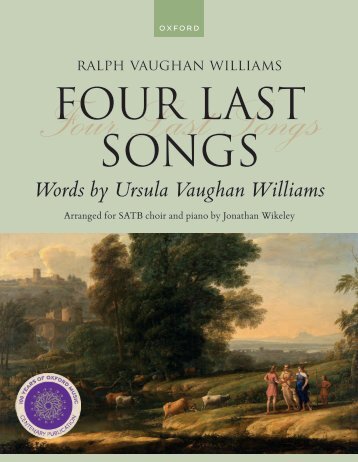

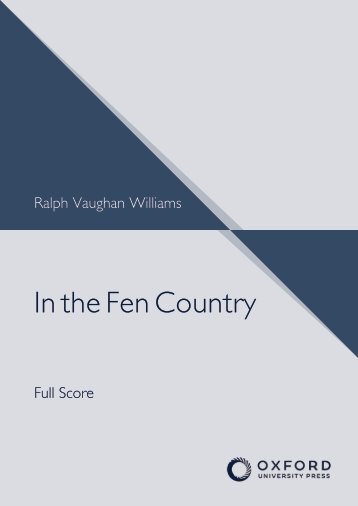
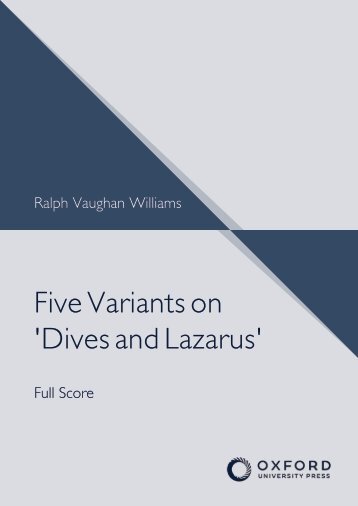
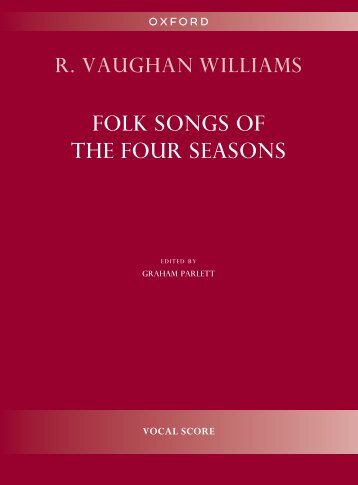




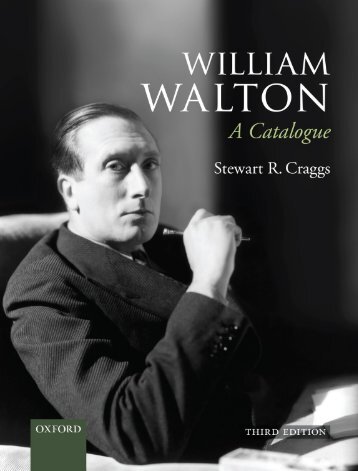



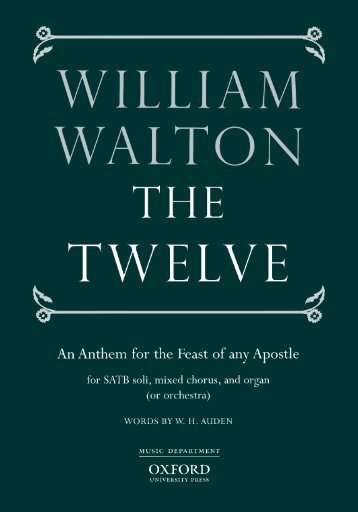


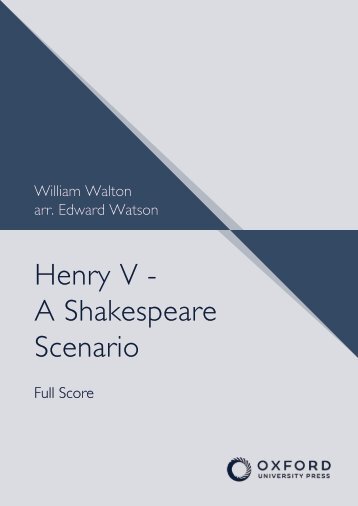






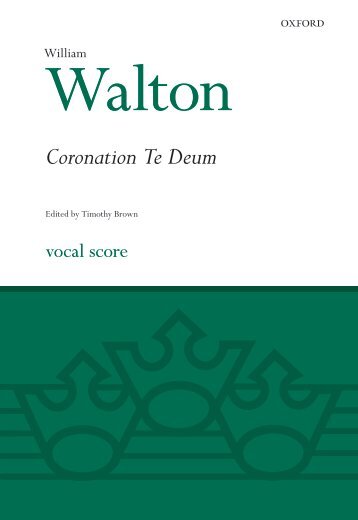
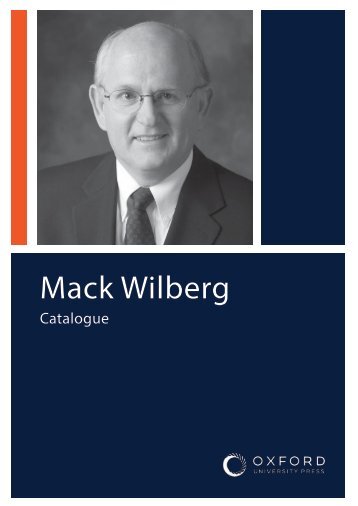
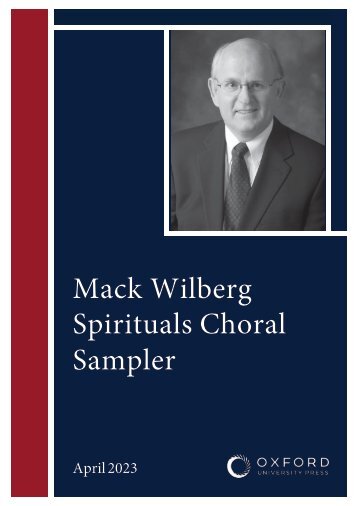
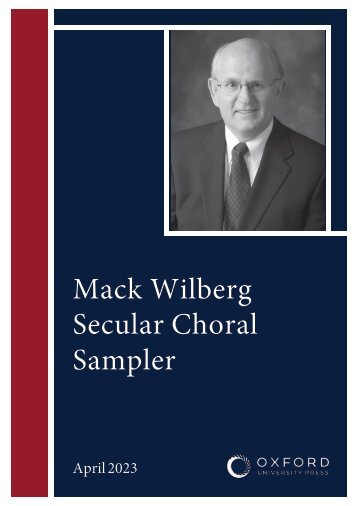




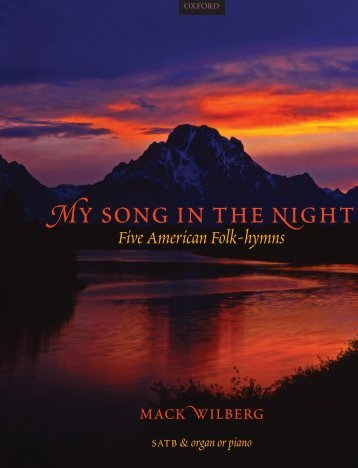
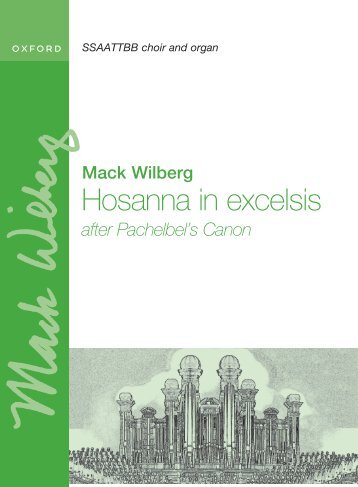


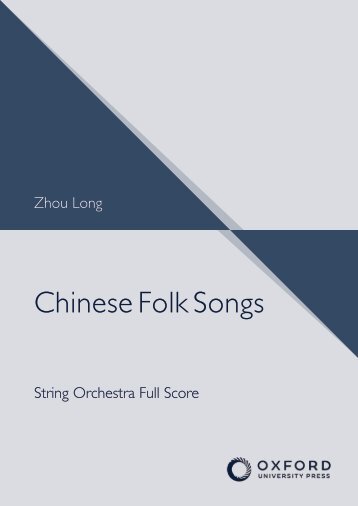

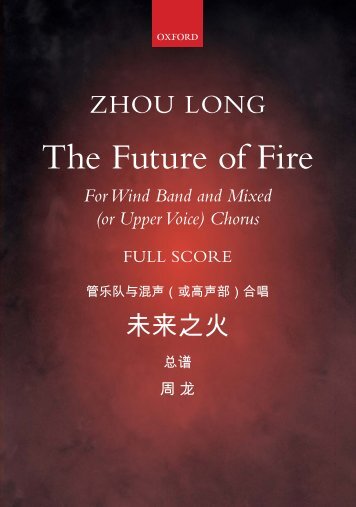





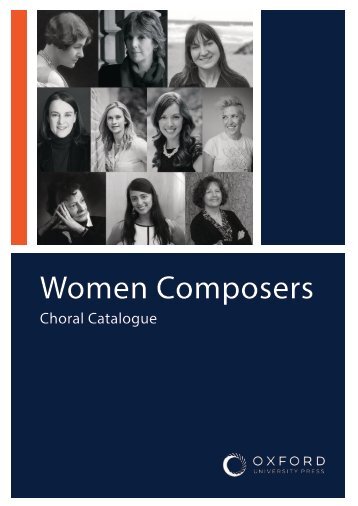

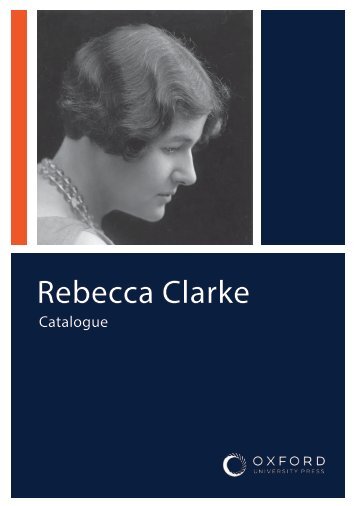

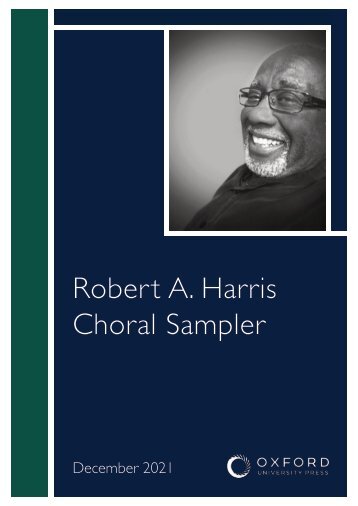
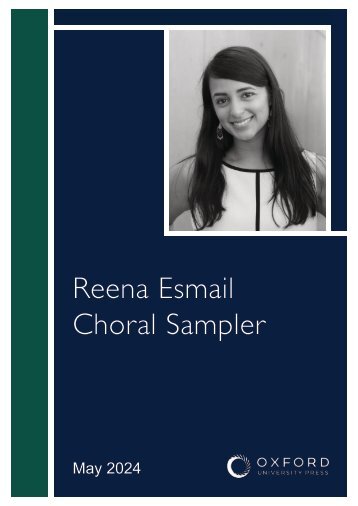
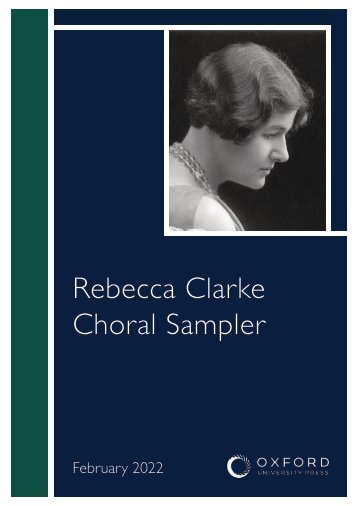
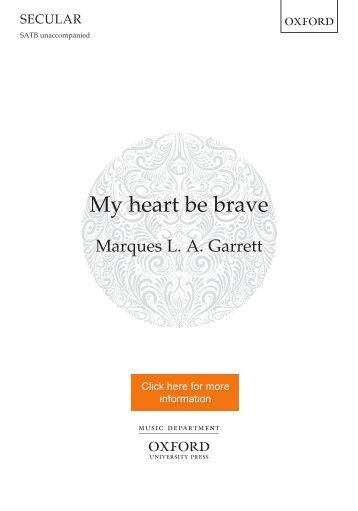
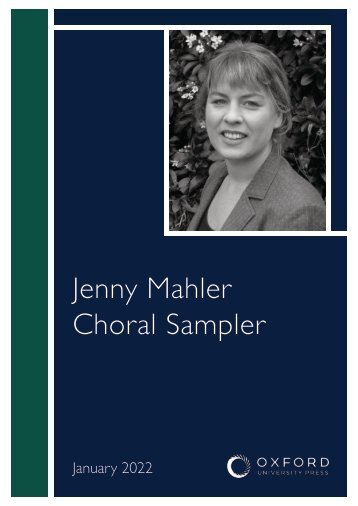
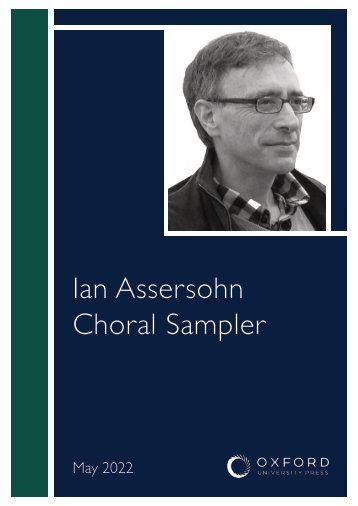
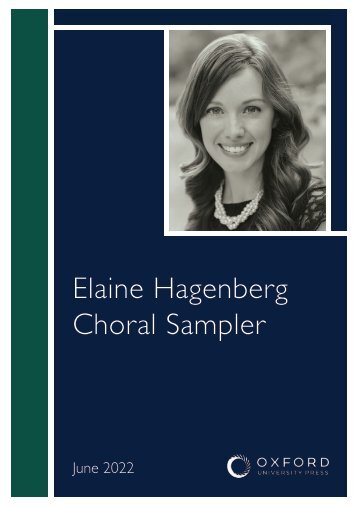
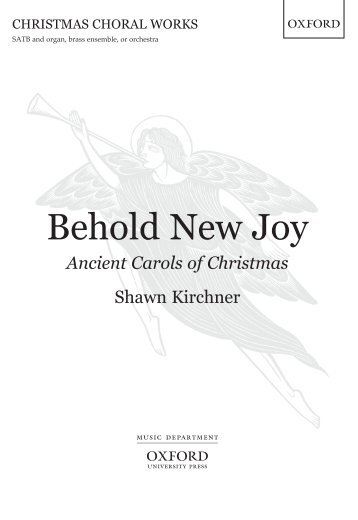
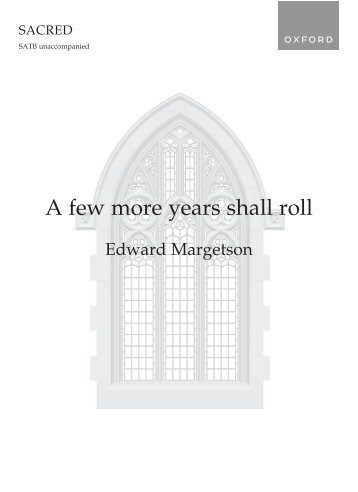
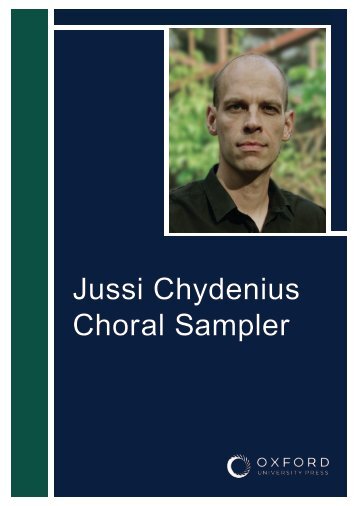


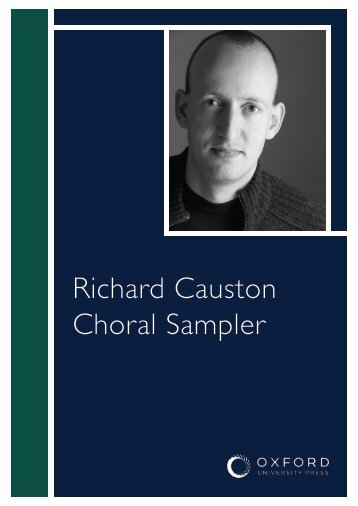
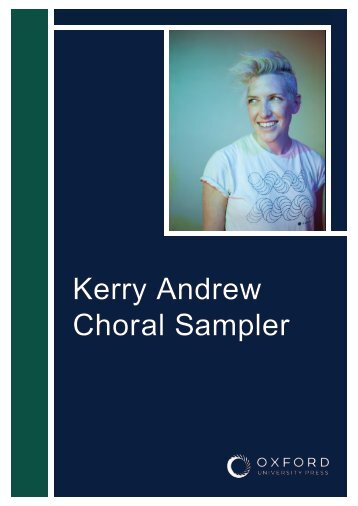
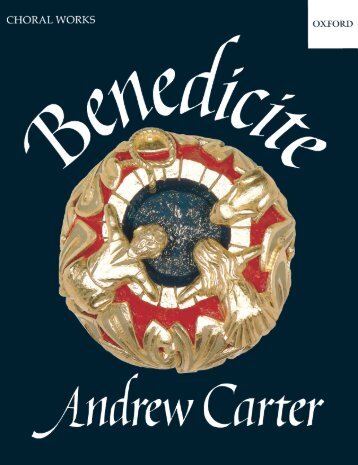
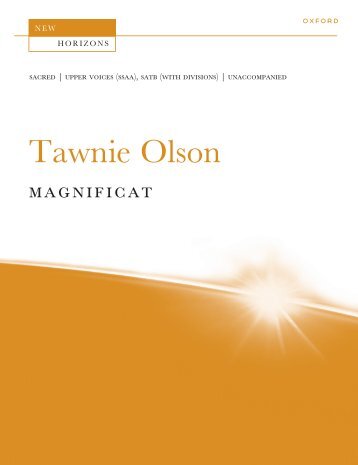


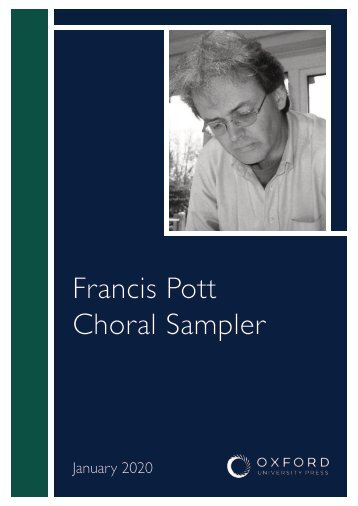

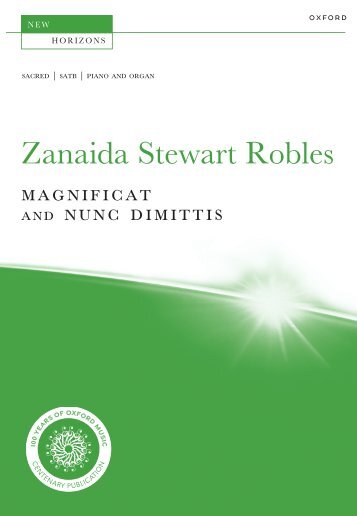

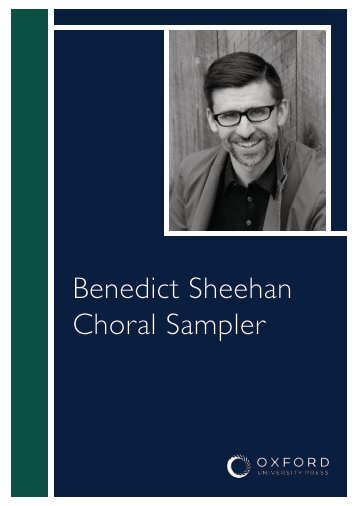
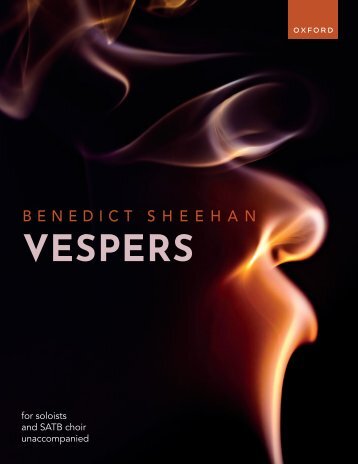


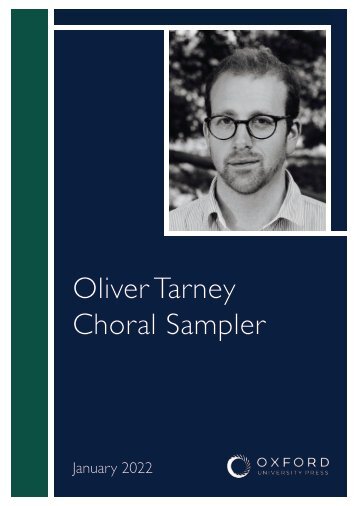

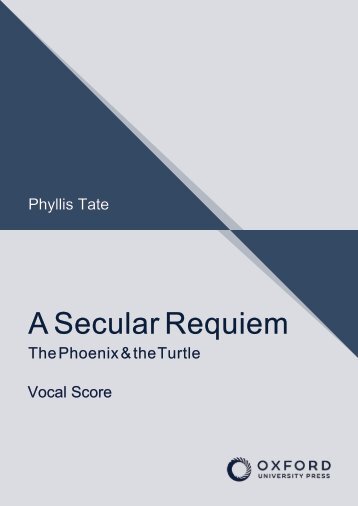
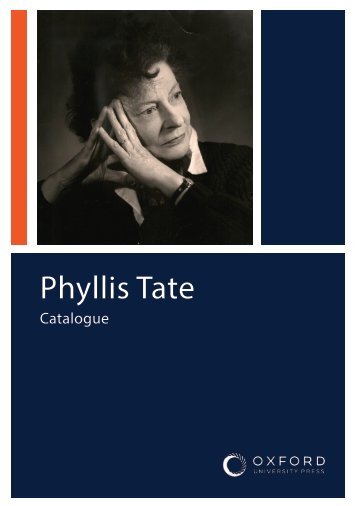
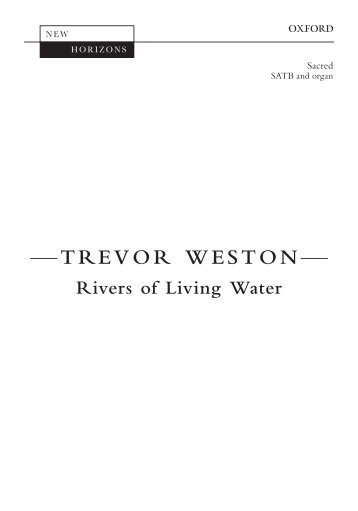
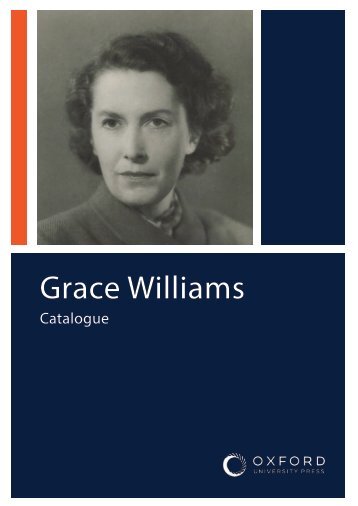
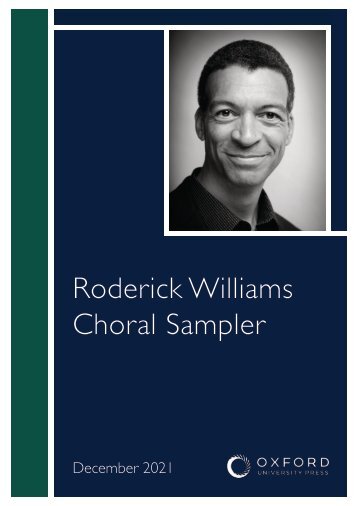
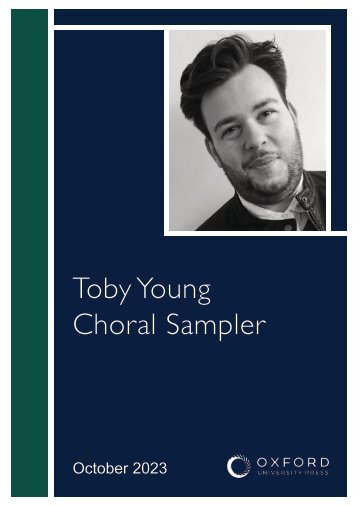


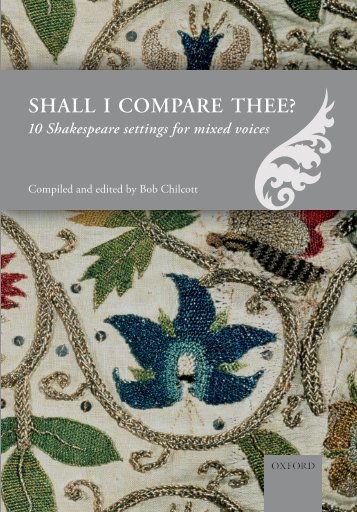
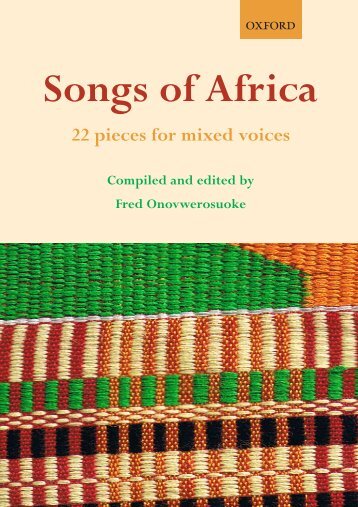



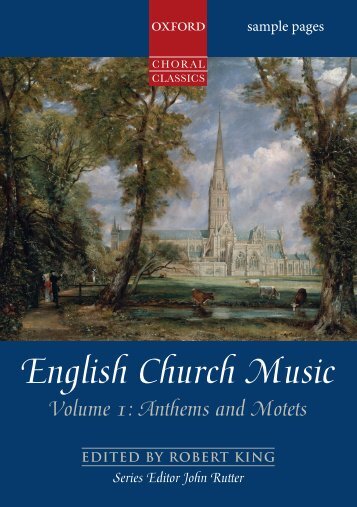
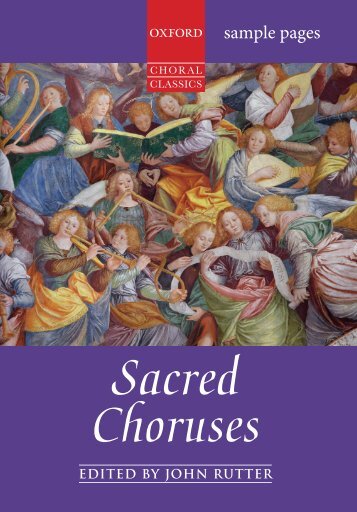

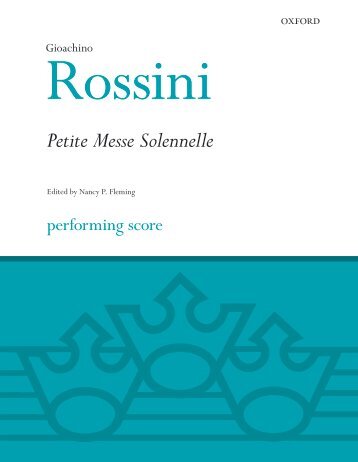
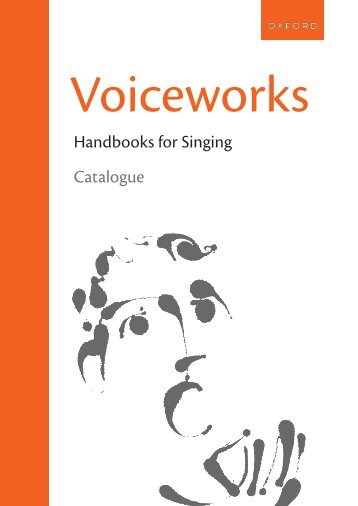



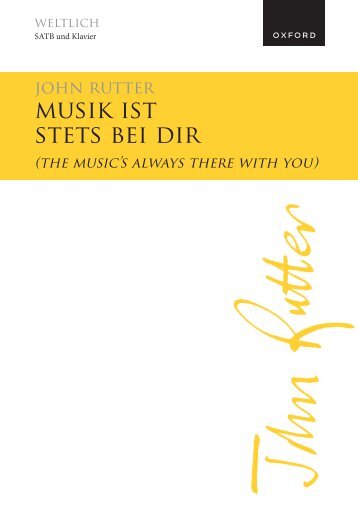
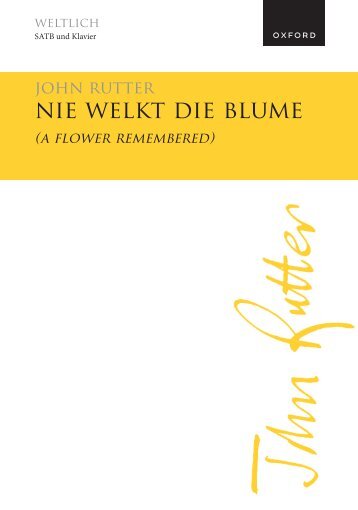

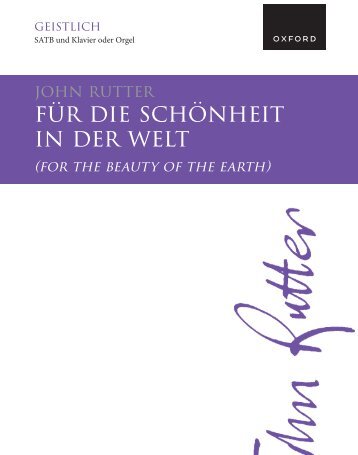
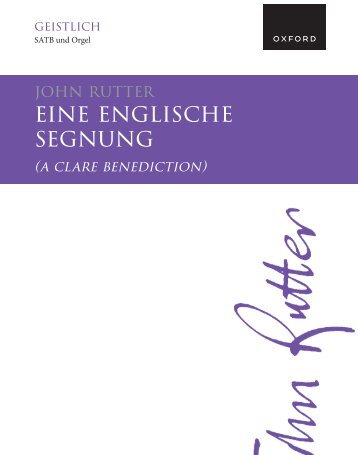

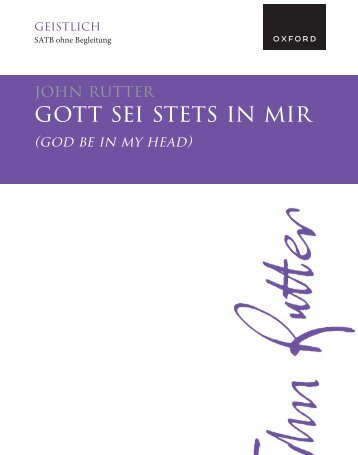


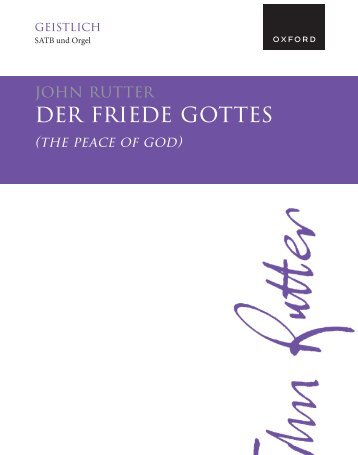


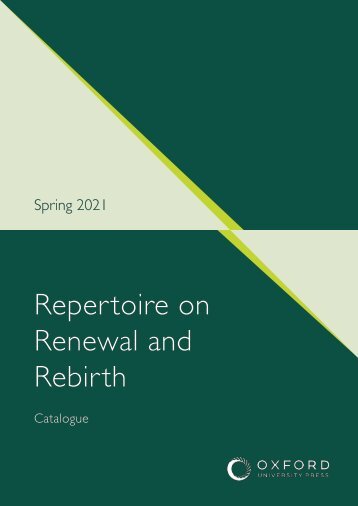
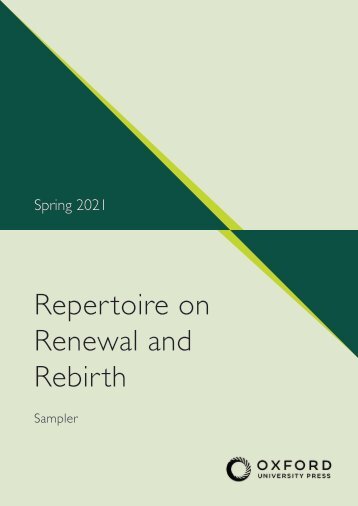
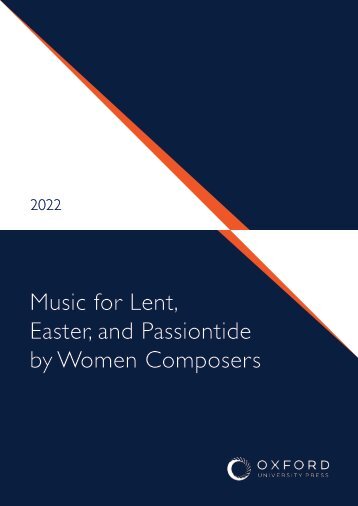
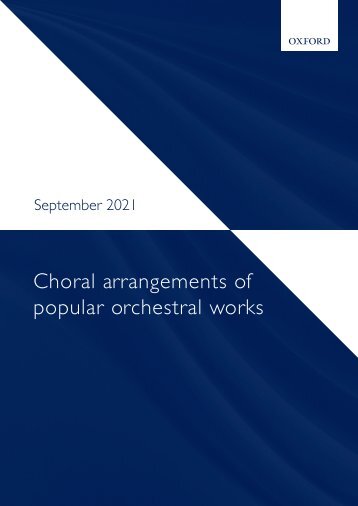
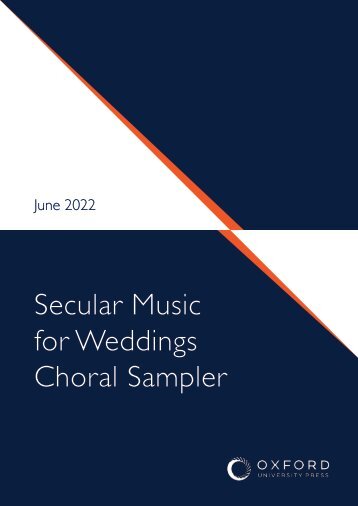

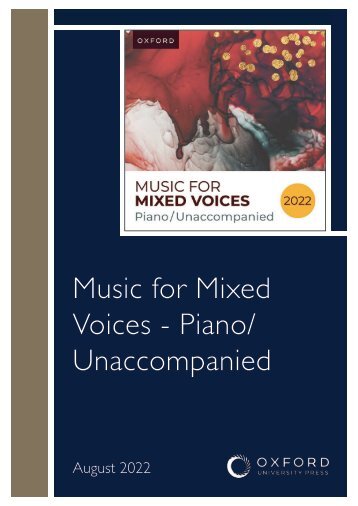
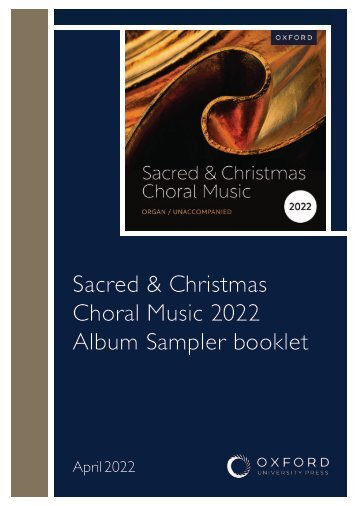
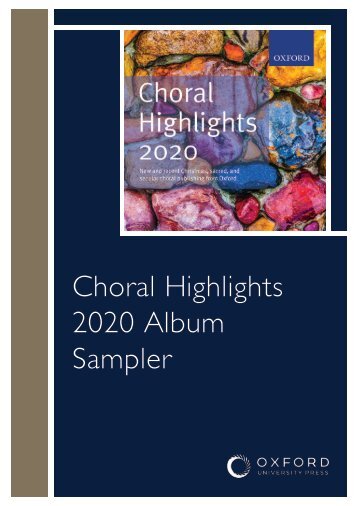
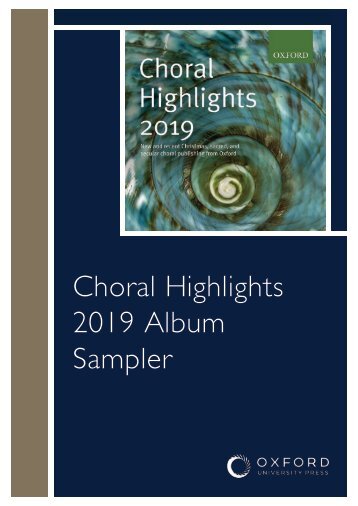
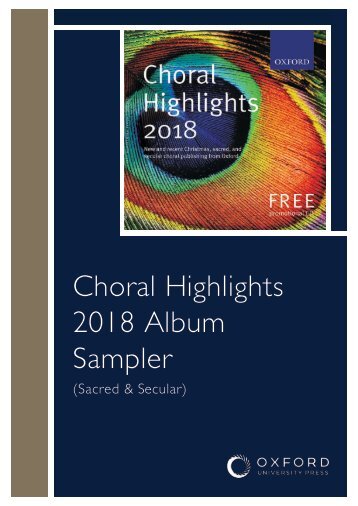

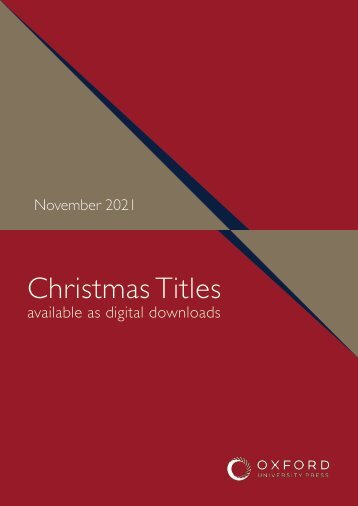
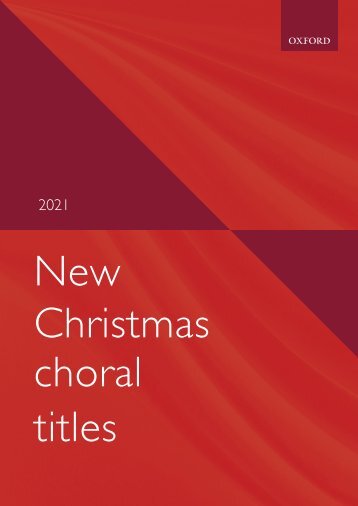
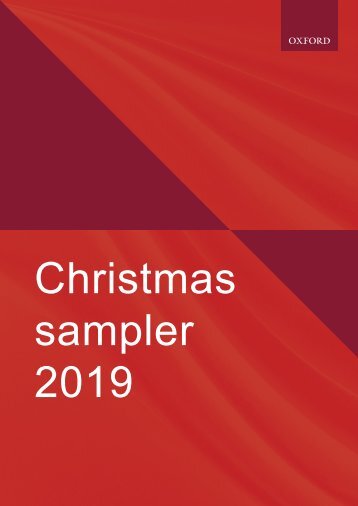
Facebook
Twitter
Email